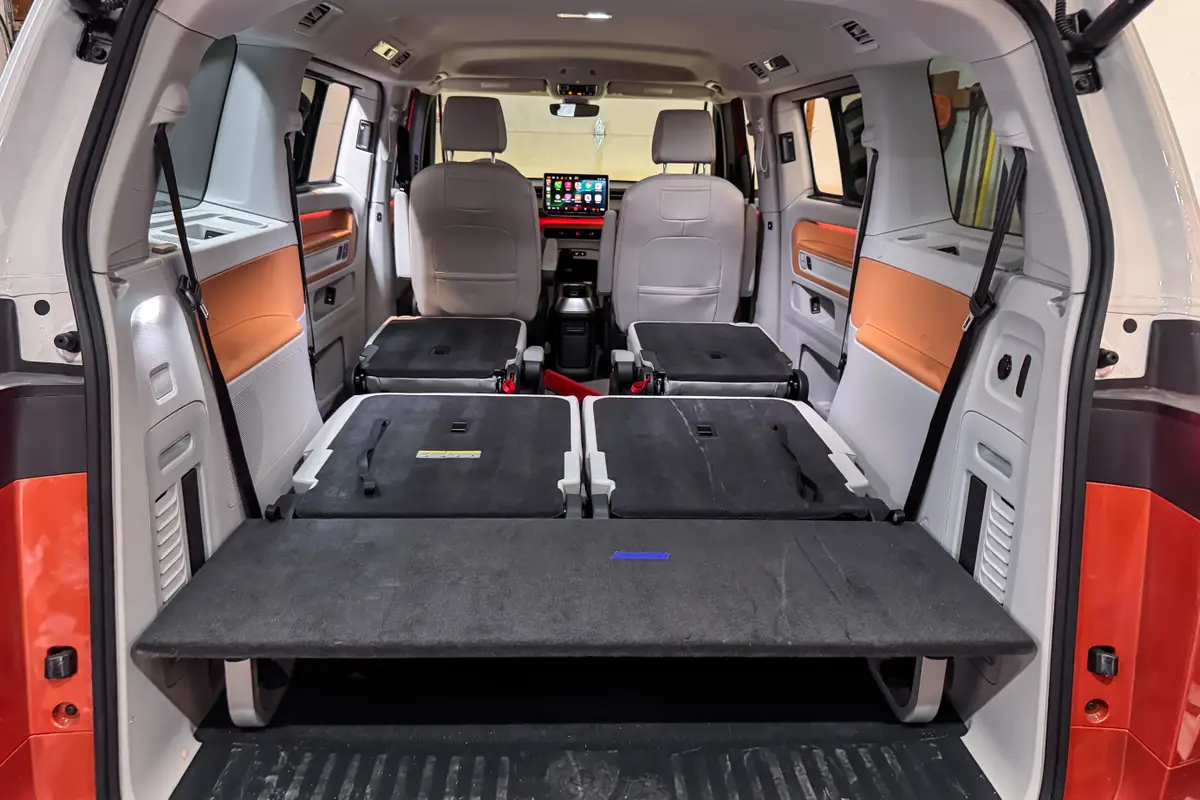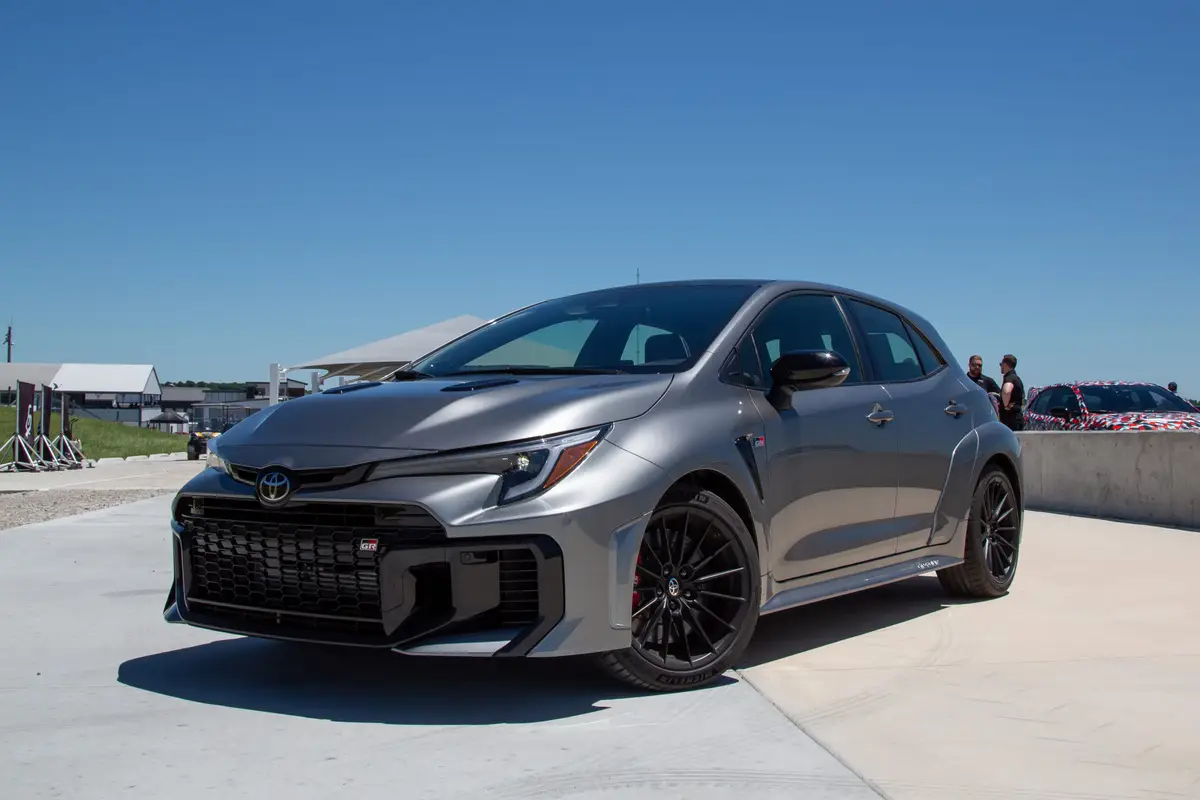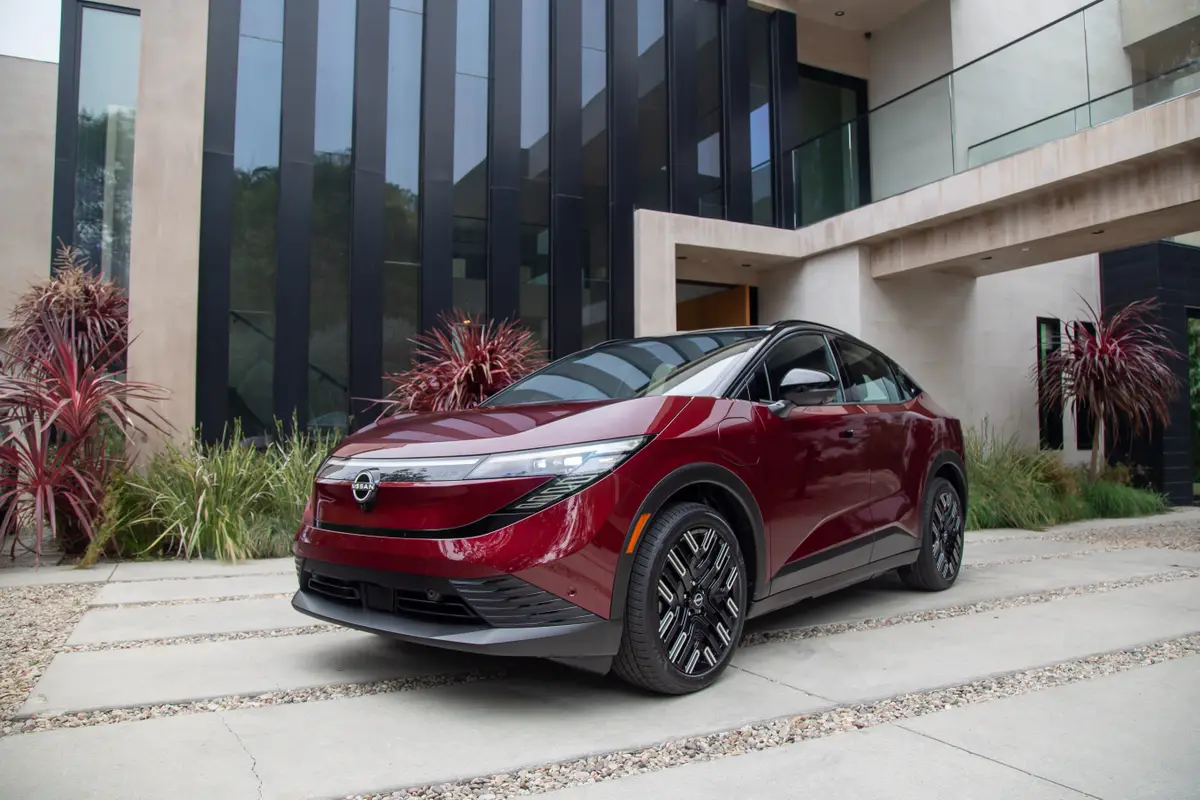2018 BMW X3 Preview

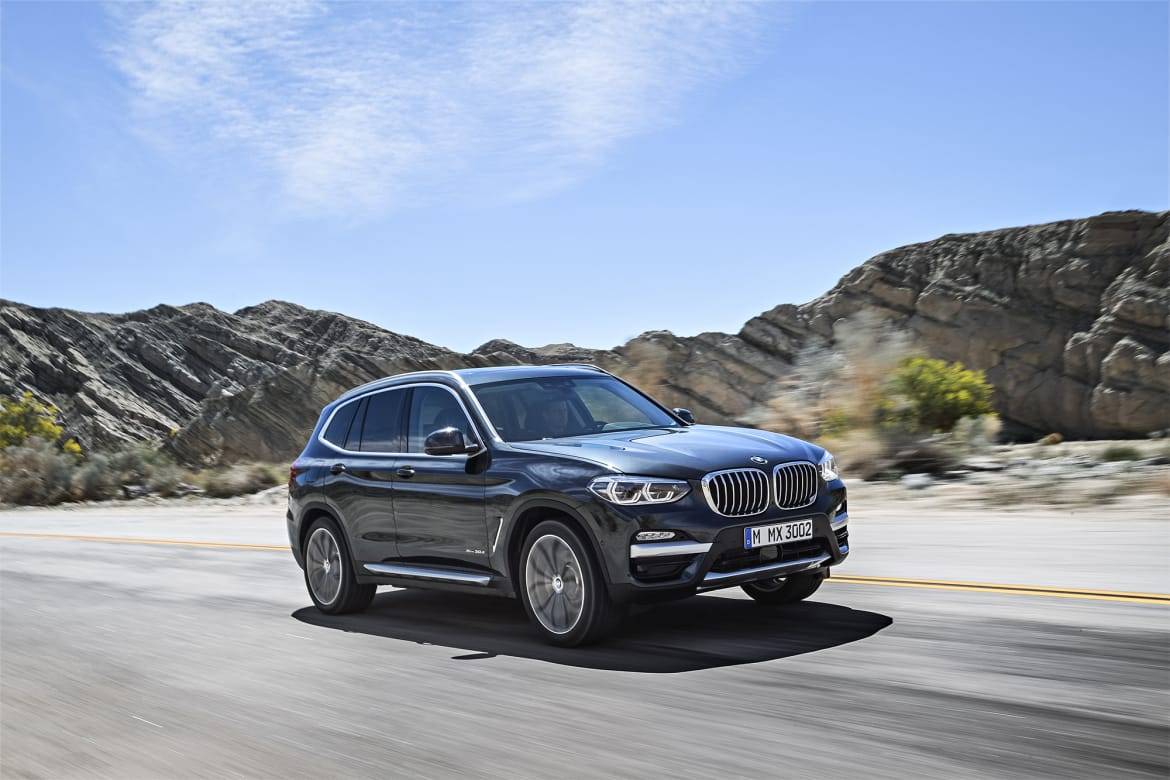
CARS.COM
Competes with: Audi Q5, Lexus RX, Mercedes-Benz GLC-Class
Looks like: An XL X1
Drivetrains: 248-horsepower, turbocharged 2.0-liter four-cylinder (xDrive30i) or 355-hp, turbocharged six-cylinder (M40i), both with eight-speed automatic transmissions; all-wheel drive
Hits dealerships: November
As expected, BMW unveiled the redesign of its popular compact SUV, the X3. The third-generation X3 boasts evolutionary styling changes versus its predecessor. It comes in xDrive30i and M40i variants, the latter capable of sub-5-second acceleration to 60 mph, BMW says. The new X3 hits dealerships in November, with pricing available closer to launch.
Related: BMW Offers Sneak Peek at Future Cars
Exterior
The X3 adopts the more rounded profile of its X1 sibling. As redesigns go, this is on the subtler side — BMW didn’t reinvent the wheel — but the elements appear visually decluttered compared with the outgoing X3. Overall dimensions are roughly the same, but the automaker says wheelbase is up 2.2 inches. Adaptive LED headlights are optional. Dual tailpipes frame the rear, and BMW says the X3 will be its first X model in the U.S. to offer a factory-installed trailer hitch.
Eighteen-inch alloy wheels are standard; 19-, 20- and 21-inchers are optional. A luxury-themed appearance package adds chrome grille finish and two-tone bumpers. Alternately, an M Sport package has more aggressive bumpers with larger air inlets in front and a rear diffuser. On the M40i, the ground effects have silver trim, while the tailpipes have a unique, darker finish.
Interior
The most striking difference inside — albeit an expected one, if you’ve been in any other BMW lately — is the transition to a visually lower dashboard, with the center screen perched atop like a tablet rather than housed in a separate hood. The screen now spans as much as 10.25 inches, a big upgrade over the last X3’s 8.8-inch option.
Power-adjustable sport seats with adjustable side bolsters are standard, as is three-zone automatic climate control. Ventilated front seats, a panoramic moonroof and a stitched, vinyl-wrapped dashboard are optional. The backseat has a standard reclining adjustment and 40/20/40-split folding capability. Cargo space behind the rear seats is 28.7 cubic feet; with the seats folded, maximum volume is 62.7 cubic feet.
Optional Apple CarPlay works wireless versus the tethered connection most other CarPlay applications require; Android Auto is unavailable, however. Connected-car services support compatibility with smart watches and Amazon Echo; BMW says you can lock your car, check the fuel or activate ventilation through Echo’s voice control. Navigation-equipped X3s can also relay information on road or weather hazards with other BMWs, the automaker says.
Under the Hood
The X3 xDrive30i has BMW’s turbocharged 2.0-liter four-cylinder (248 horsepower, 258 pounds-feet of torque) while the X3 M40i carries a turbocharged 3.0-liter six-cylinder (355 hp, 369 pounds-feet). Both engines work with an eight-speed automatic transmission and standard all-wheel drive.
BMW says the xDrive30i scurries to 60 mph in 6 seconds flat, while the M40i clocks in at just 4.6 seconds — a figure that edges out manufacturer-estimated acceleration times for rivals Mercedes-AMG GLC43 (4.8 seconds) and Audi SQ5 (5.1 seconds). That also beats the outgoing X3’s turbo six-cylinder, which hit the mark in 5.3 seconds.
In contrast to the nose-heavy X1, which is now based on a front-wheel-drive platform, the X3 appears to retain its dynamic pedigree. BMW claims a 50/50 (front/rear) weight distribution, with all-wheel drive that defaults even more power to the rear wheels than before, especially on the M40i. That model also has beefier brakes and a unique, sport-tuned suspension. Adaptive shock absorbers are optional on the xDrive30i and M40i — the latter with even sportier settings, BMW says.
Safety
Available technologies include lane departure and blind spot warning systems, full-speed adaptive cruise control and lane departure warning with steering assist.

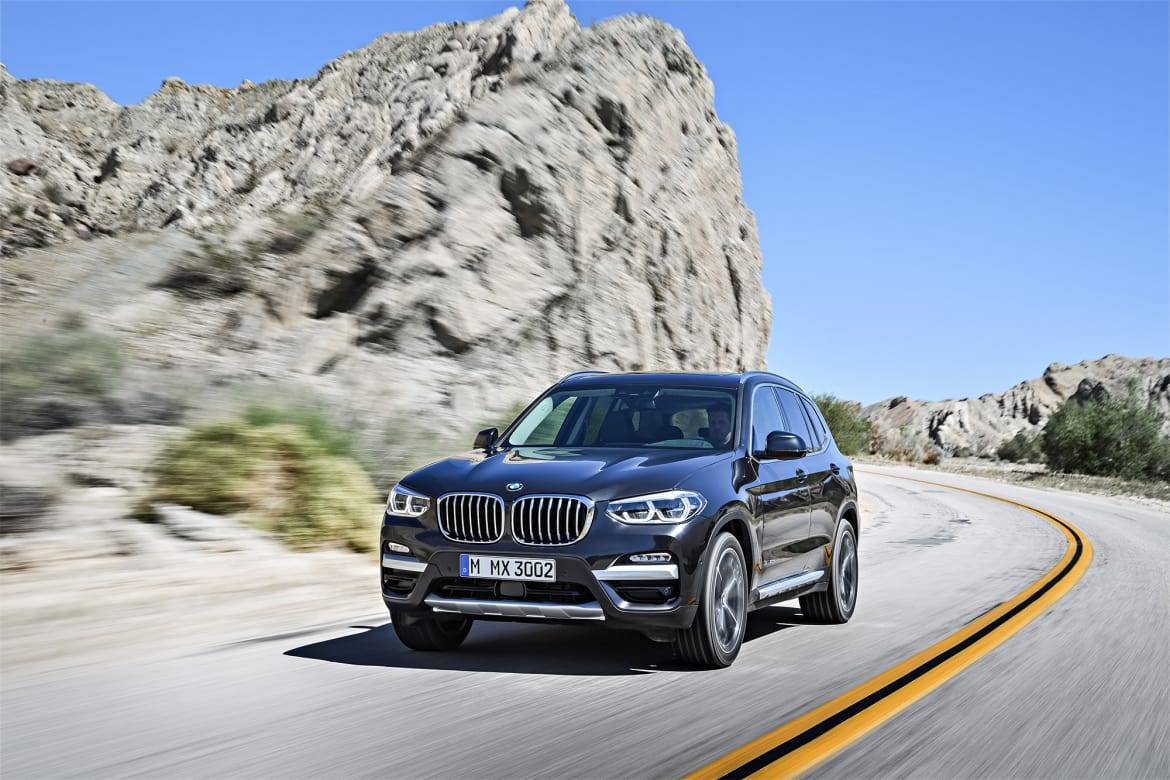
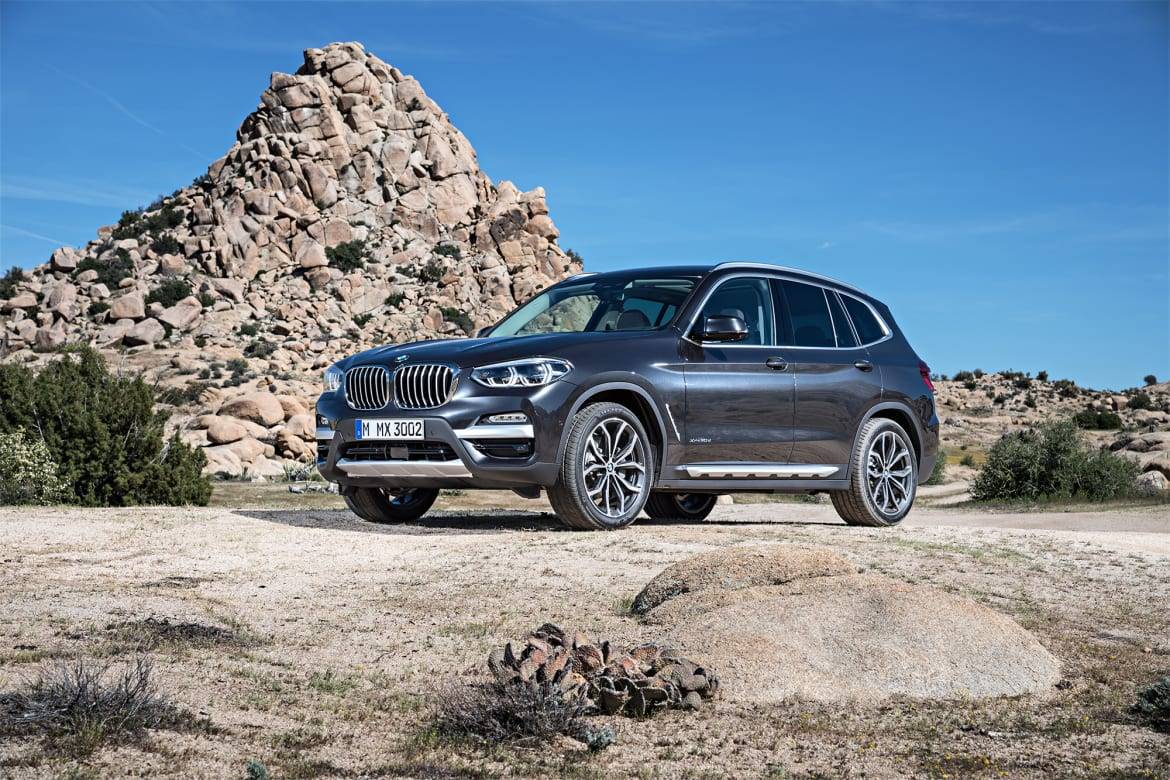
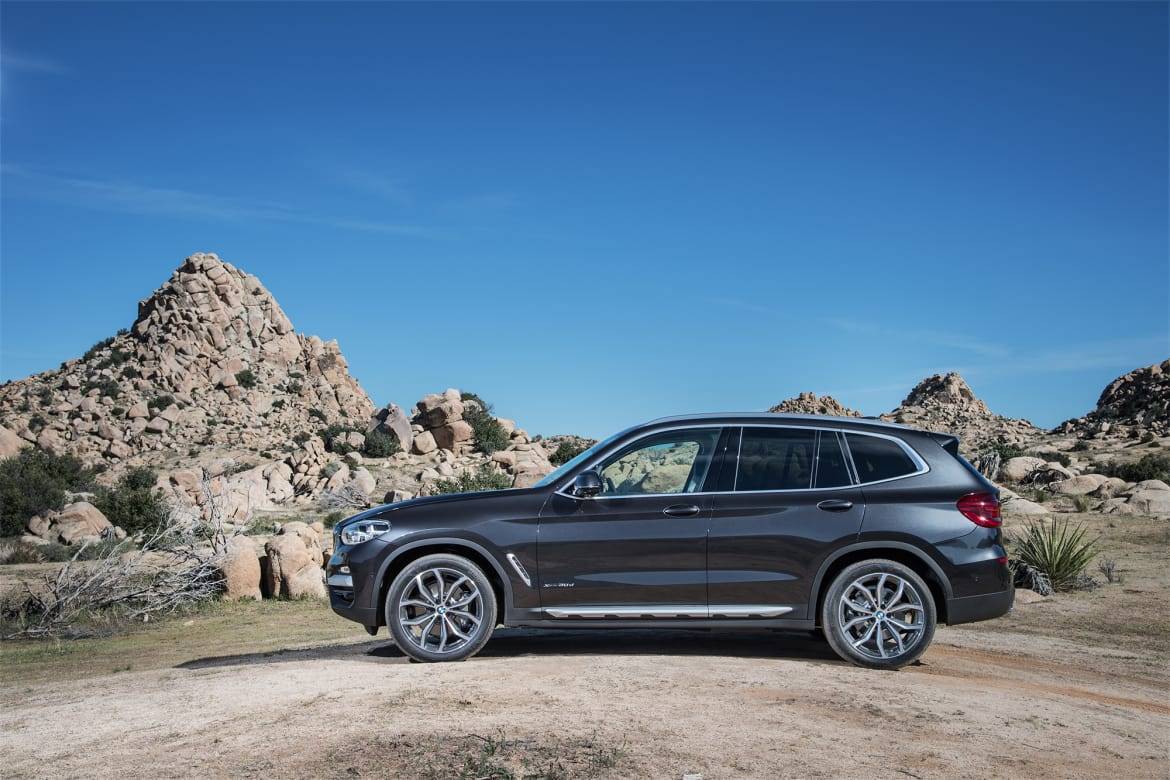
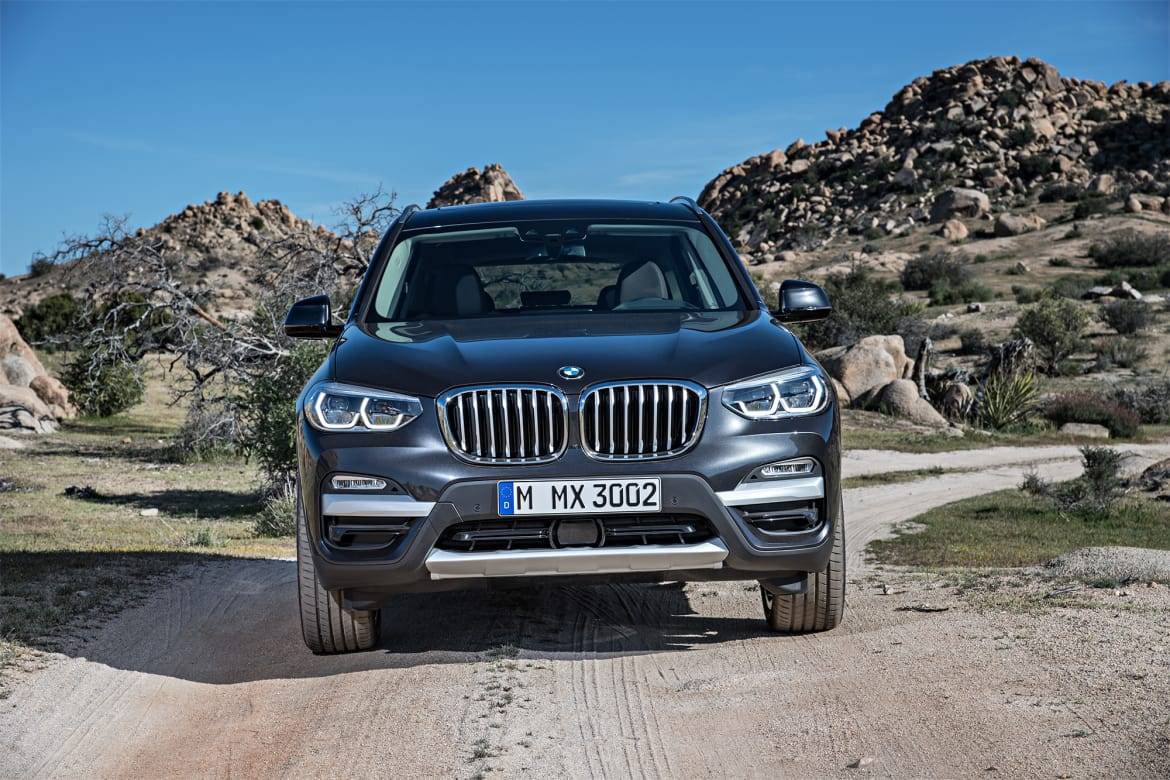
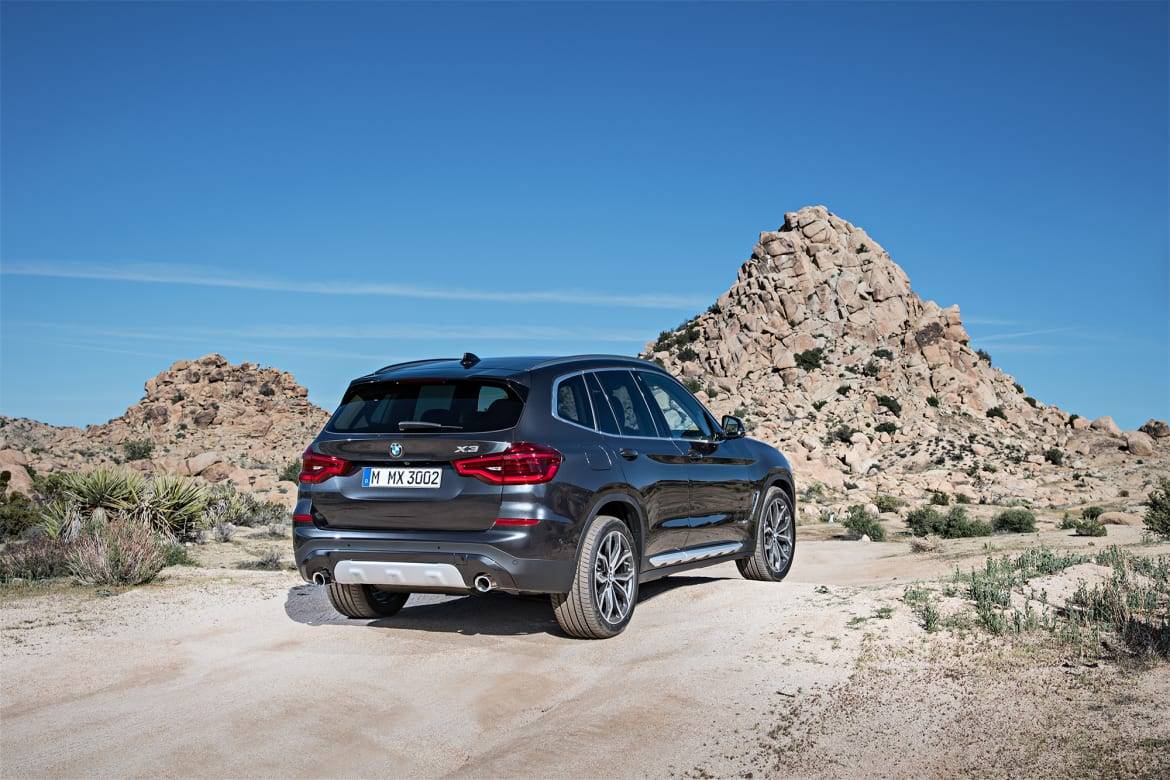
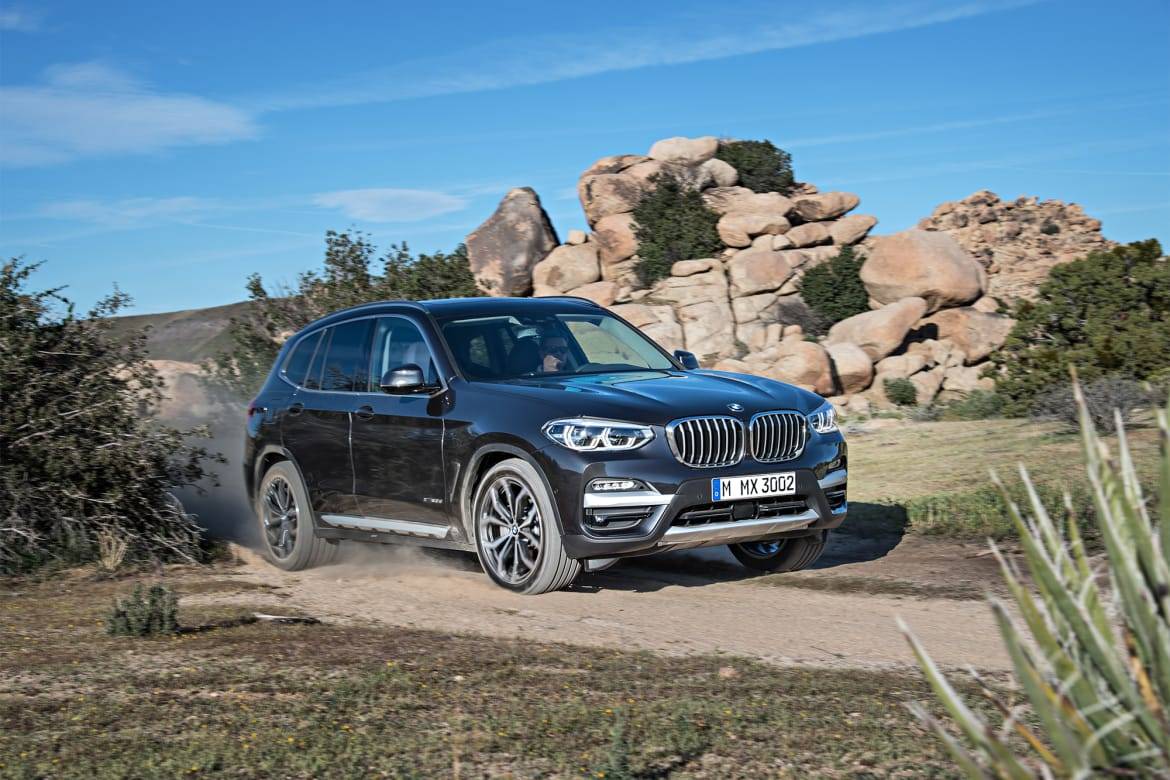
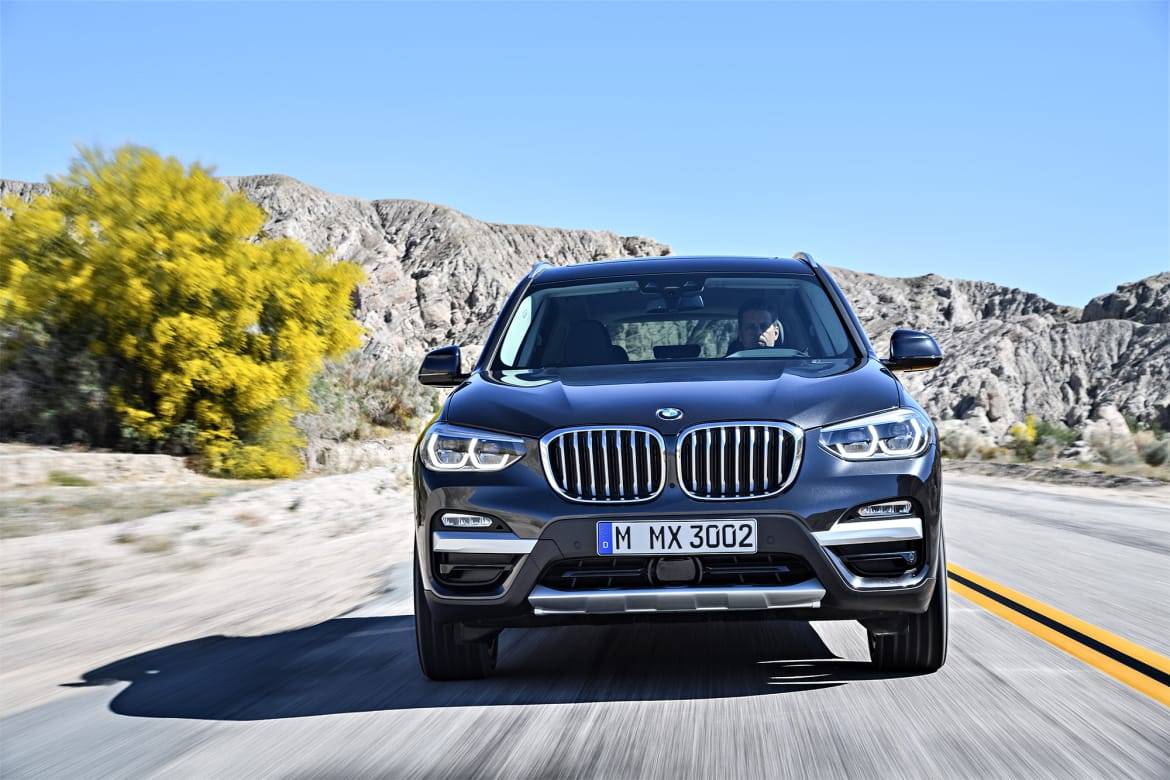
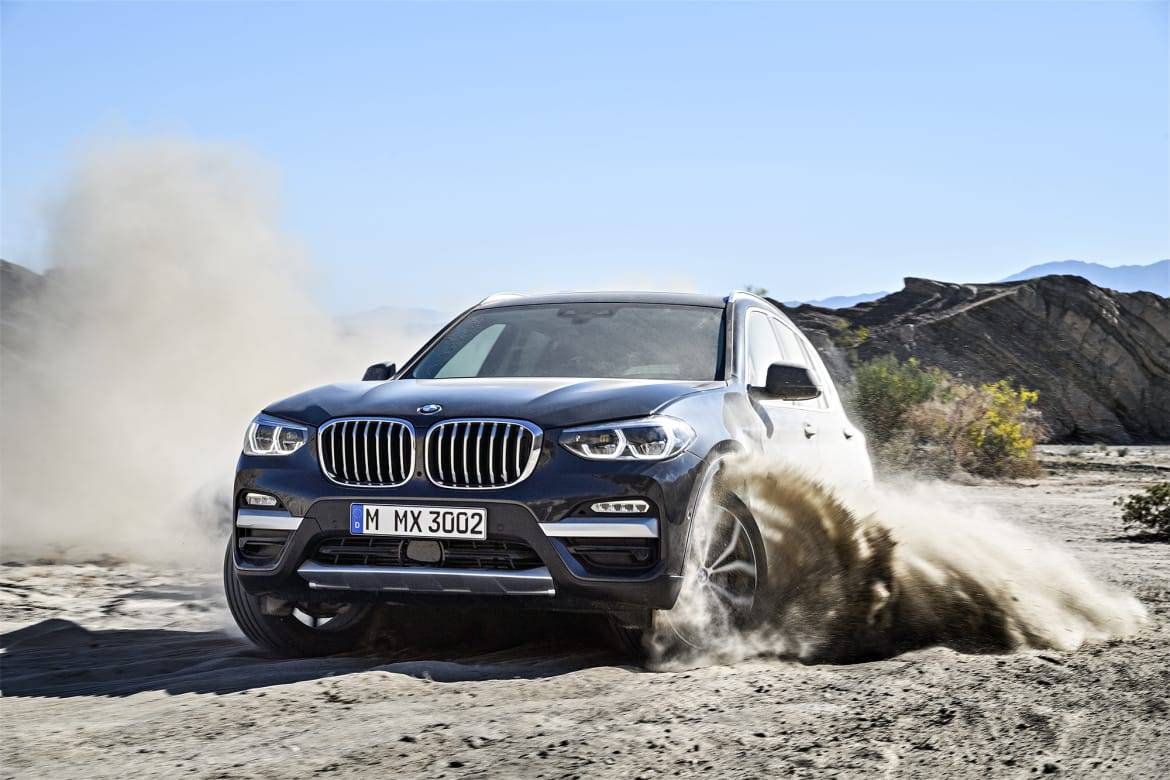
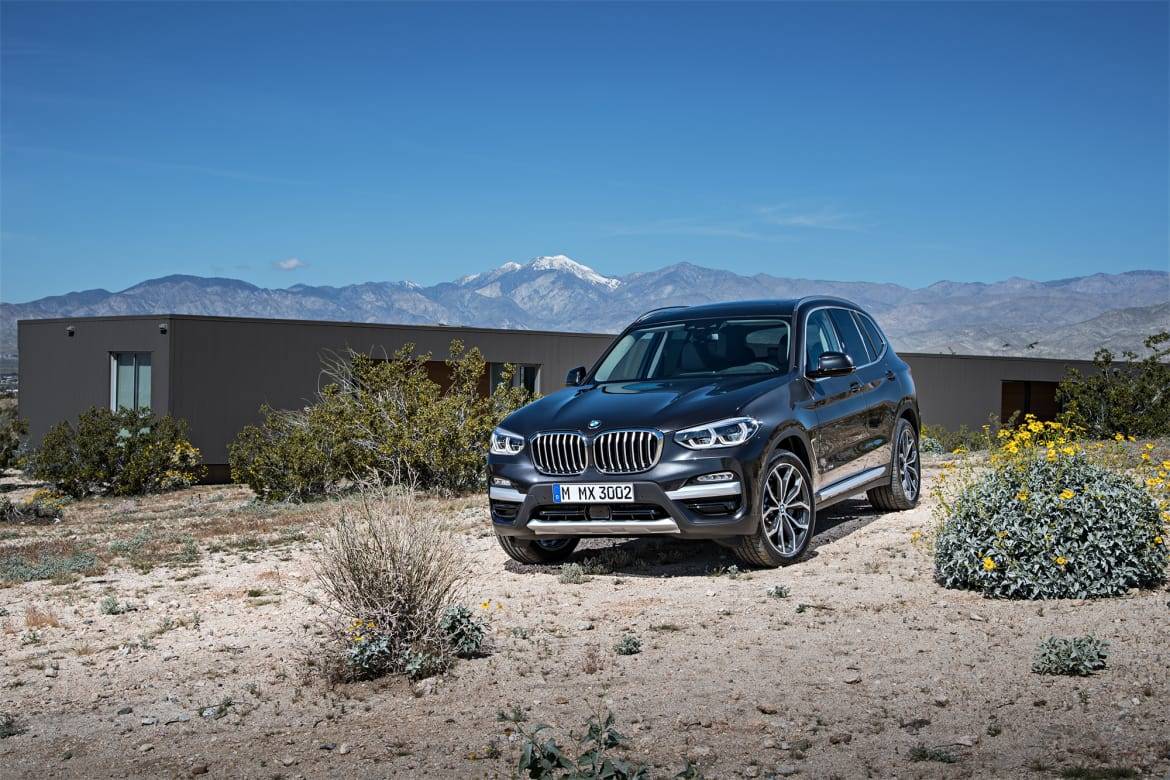
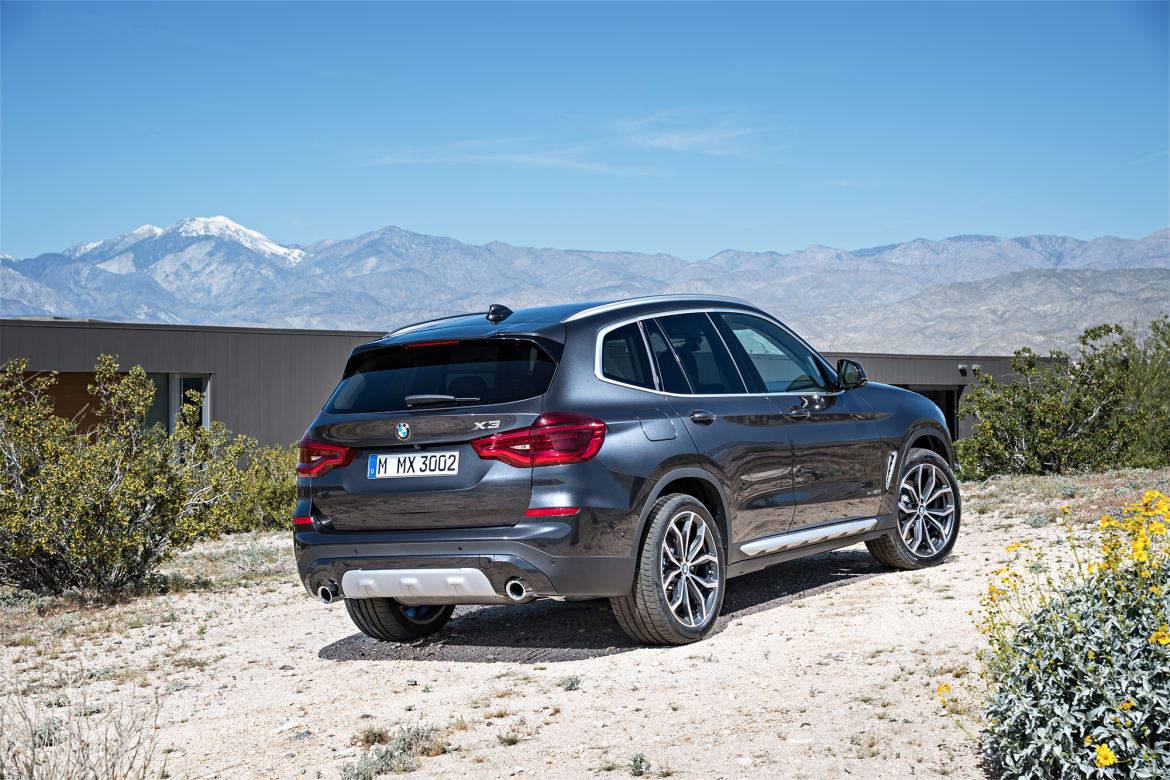
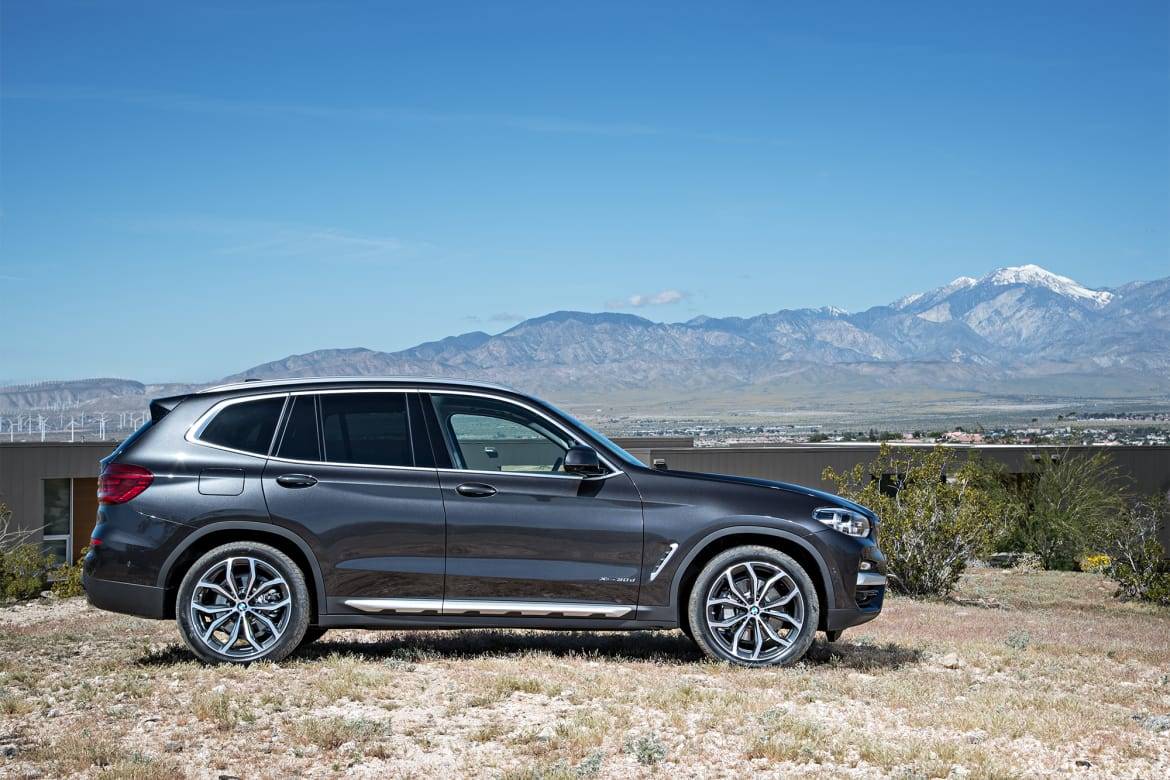
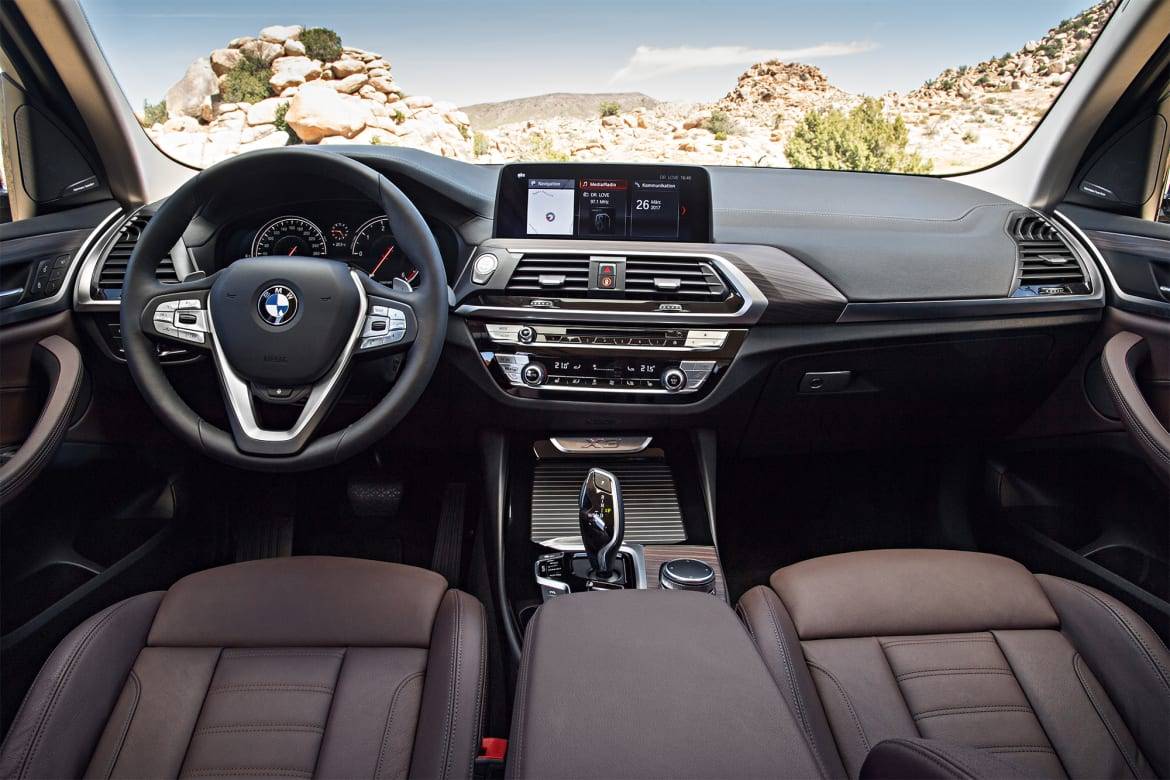
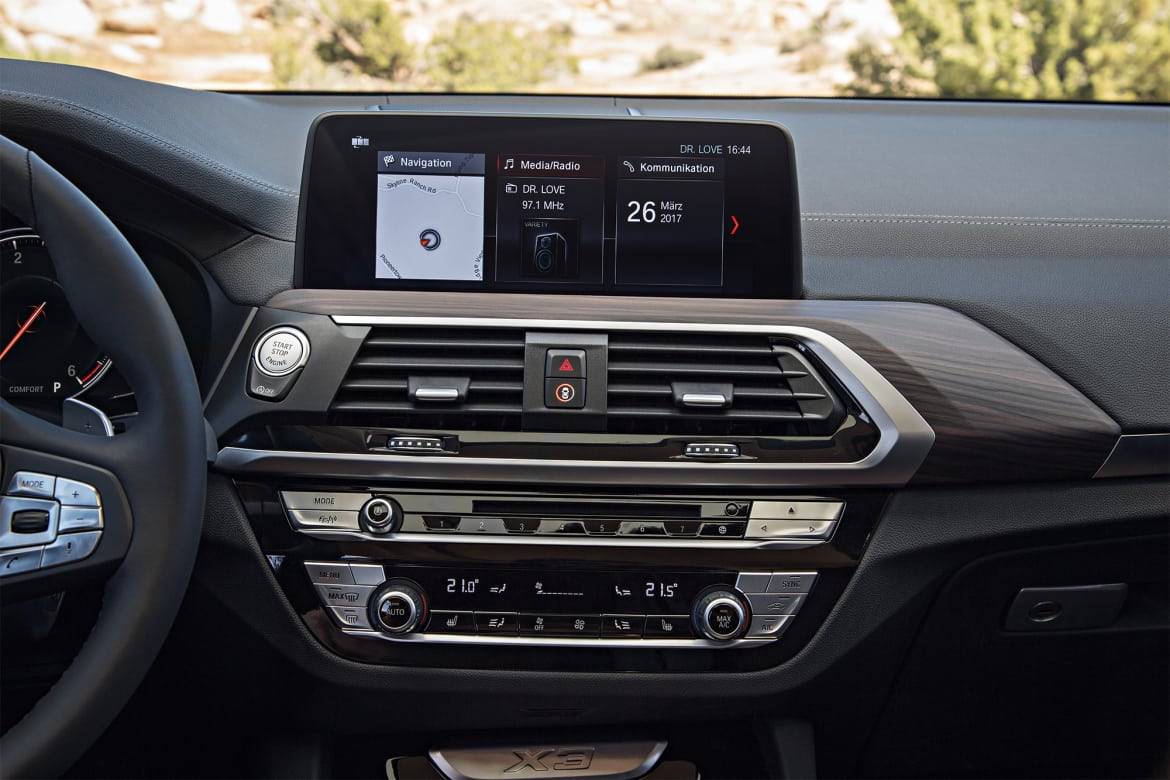
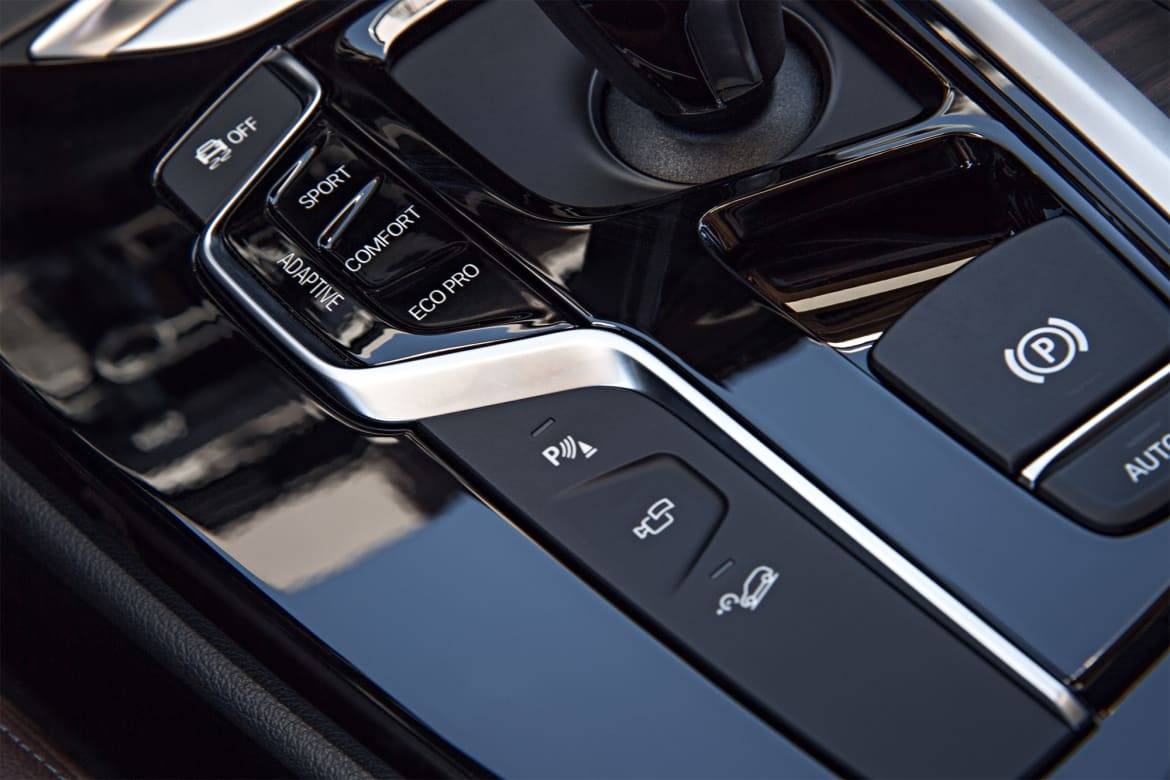

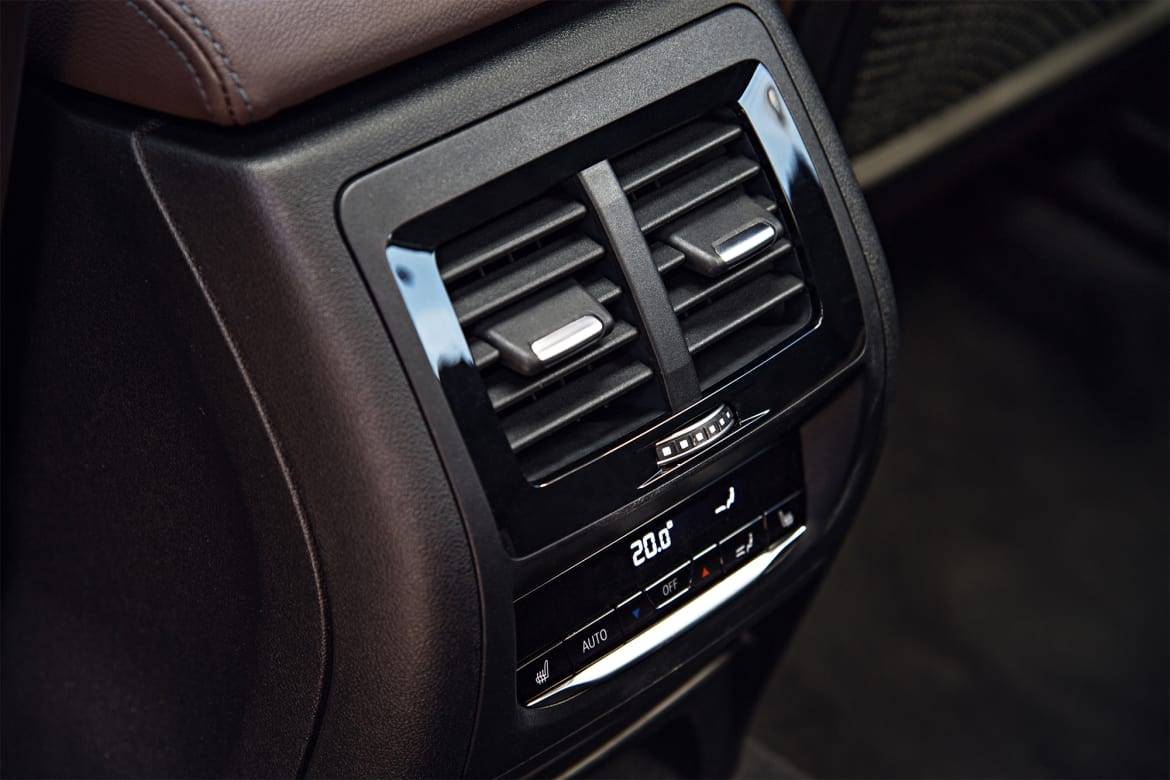
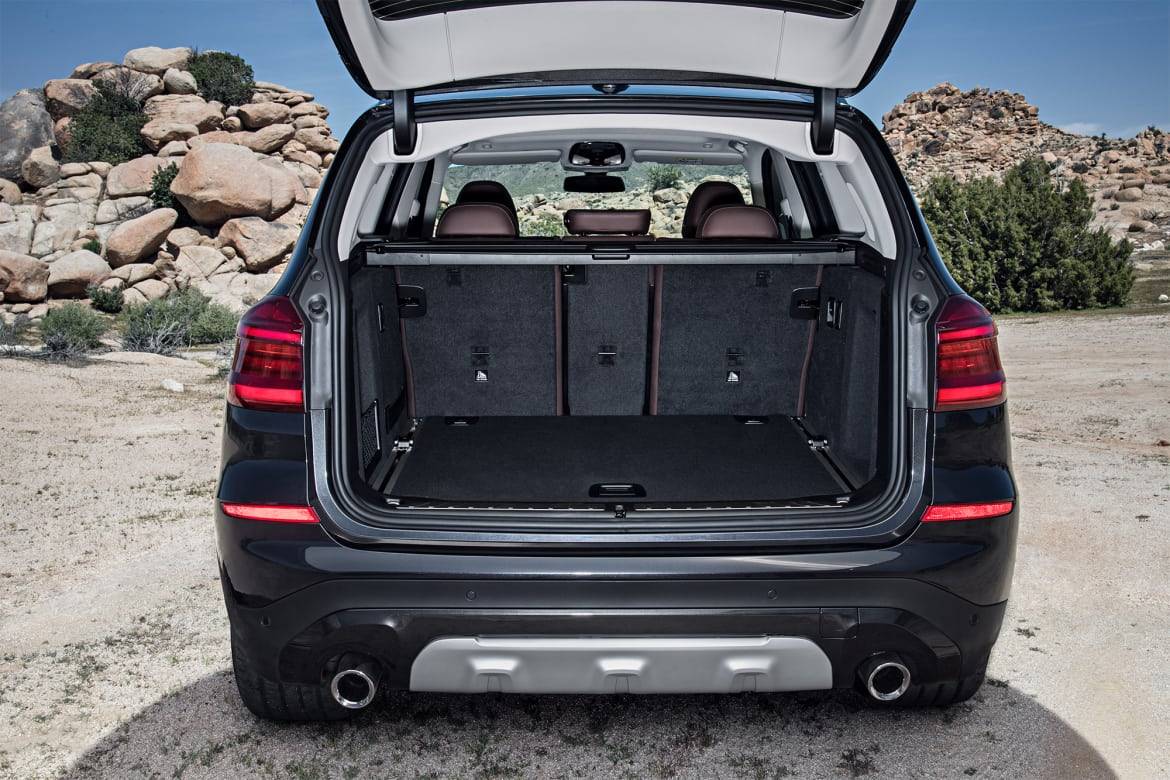
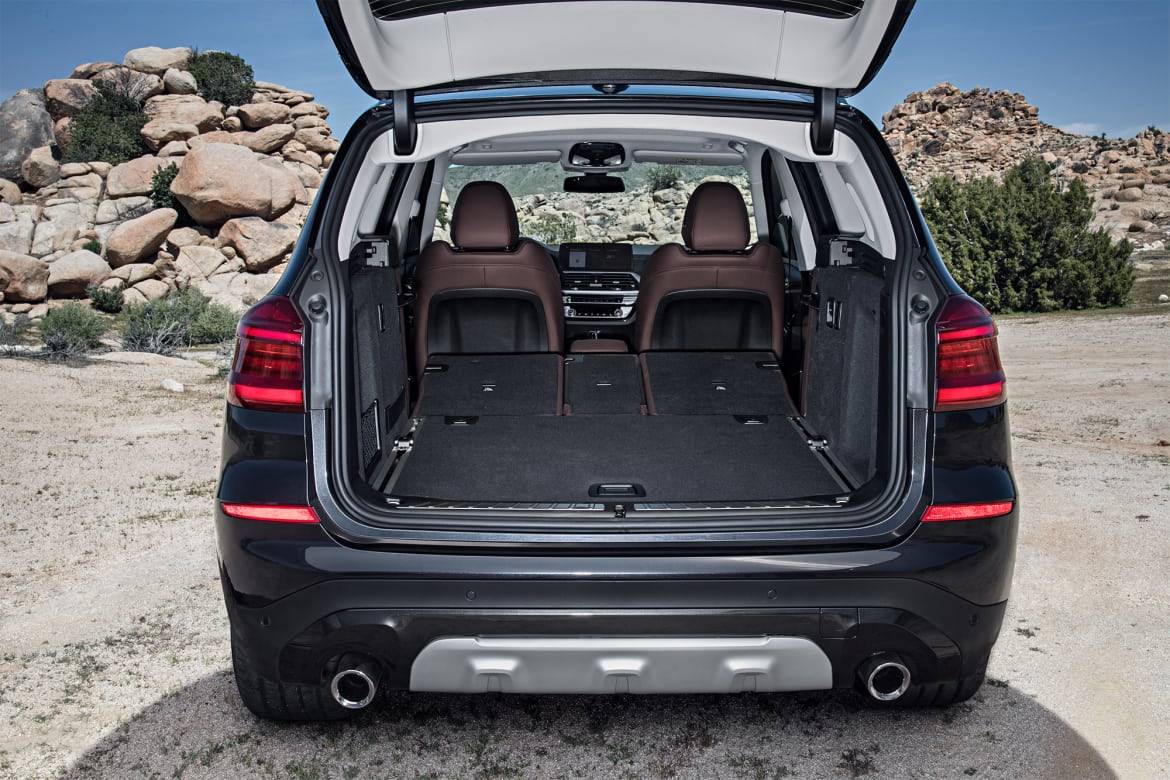
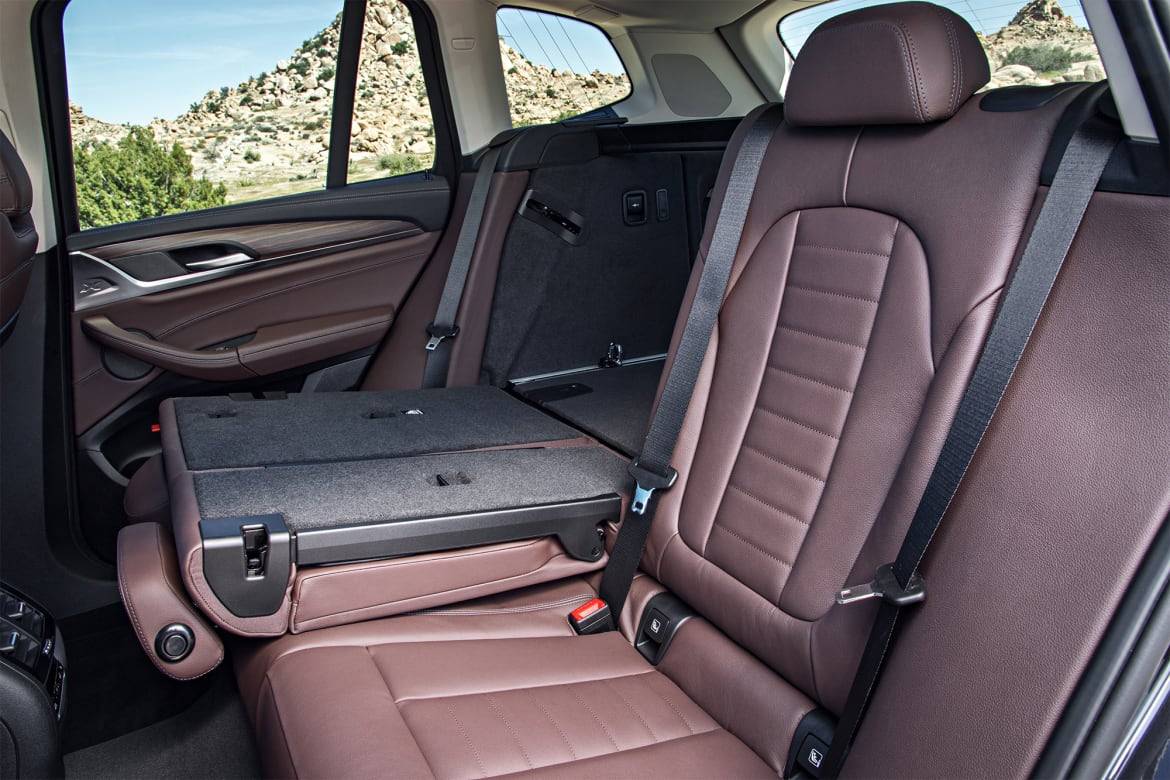
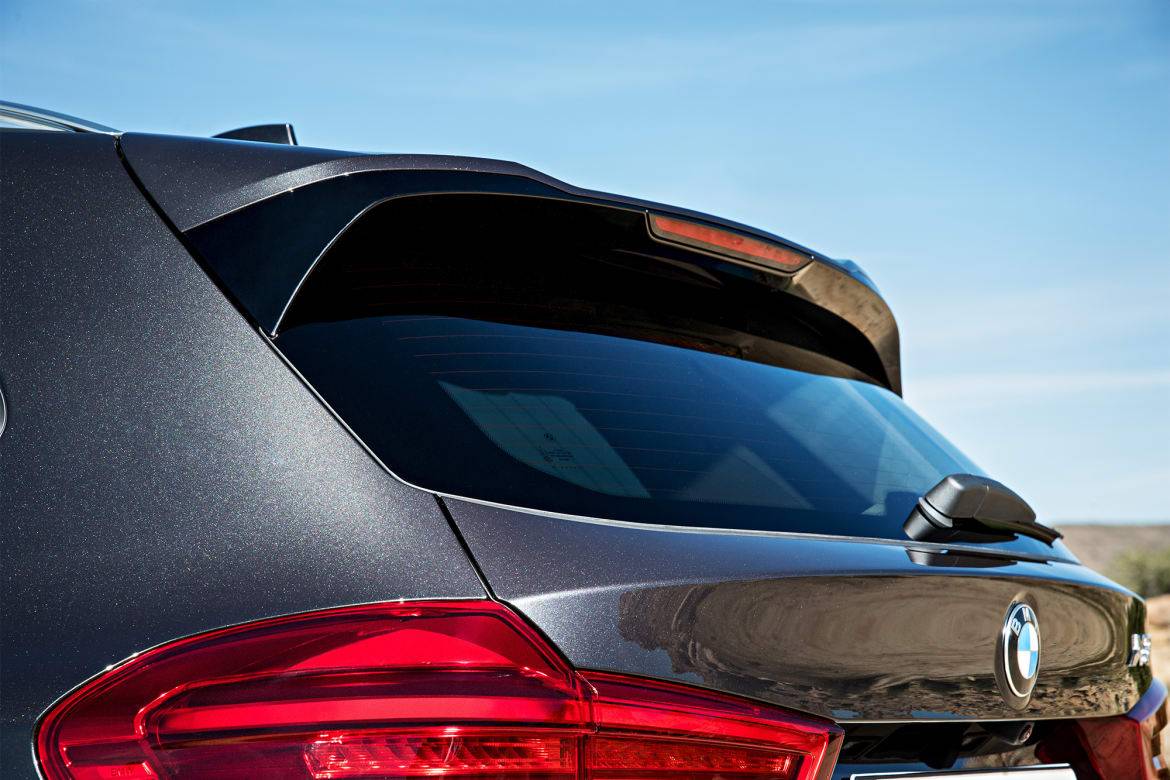

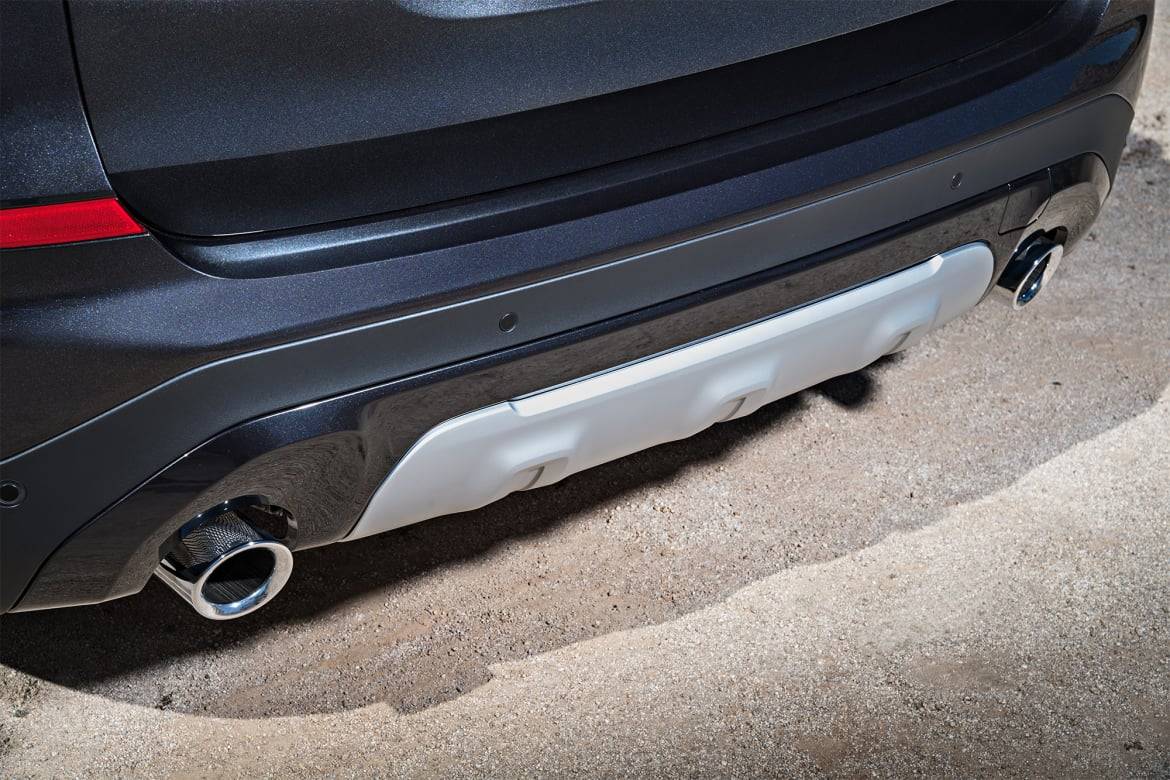
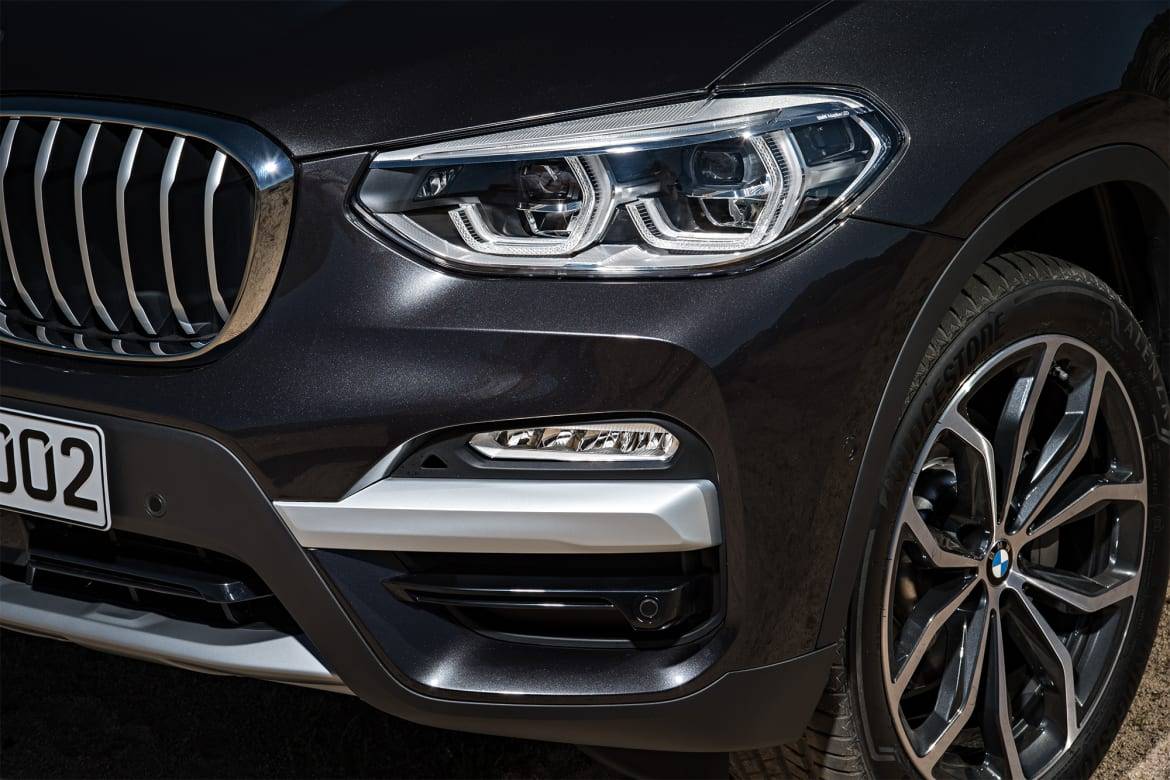
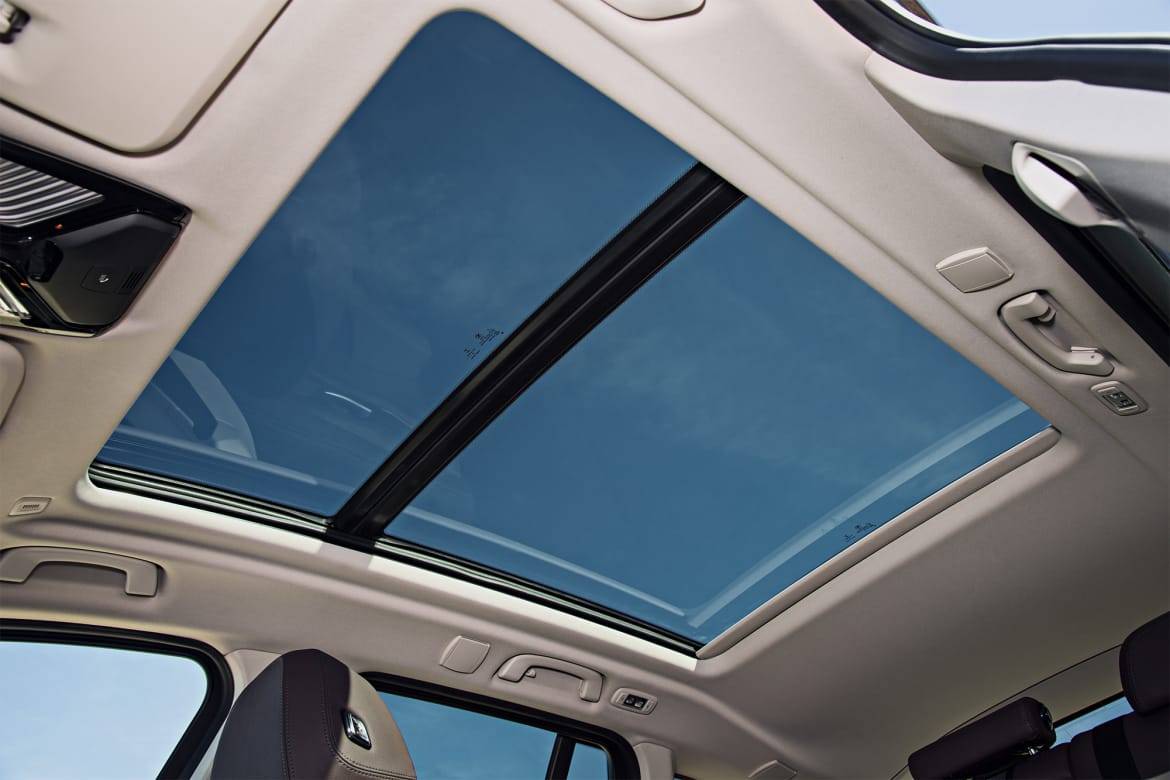
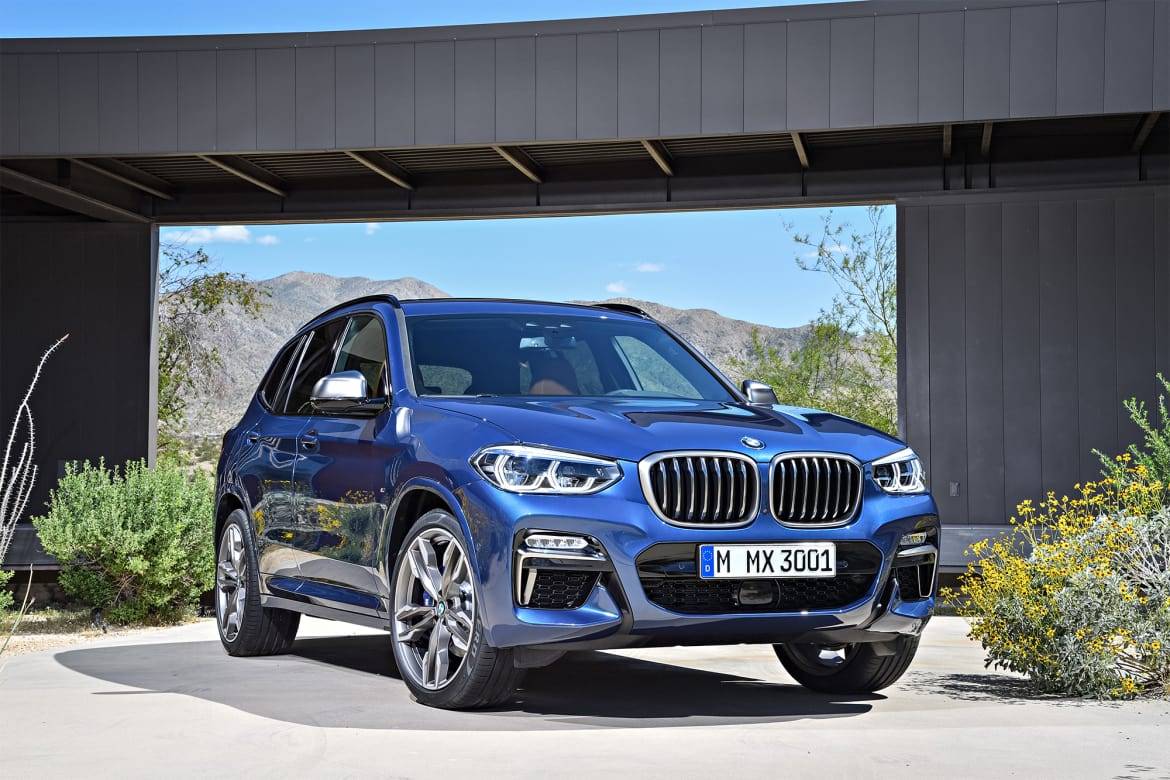
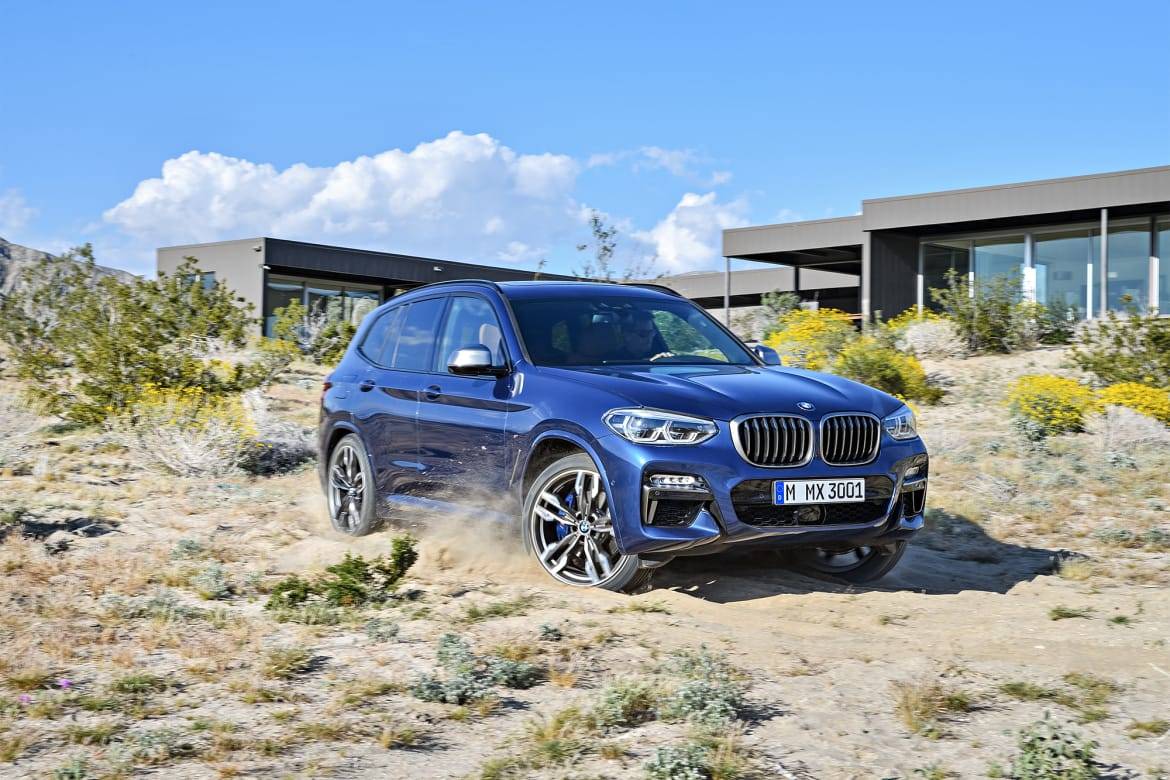
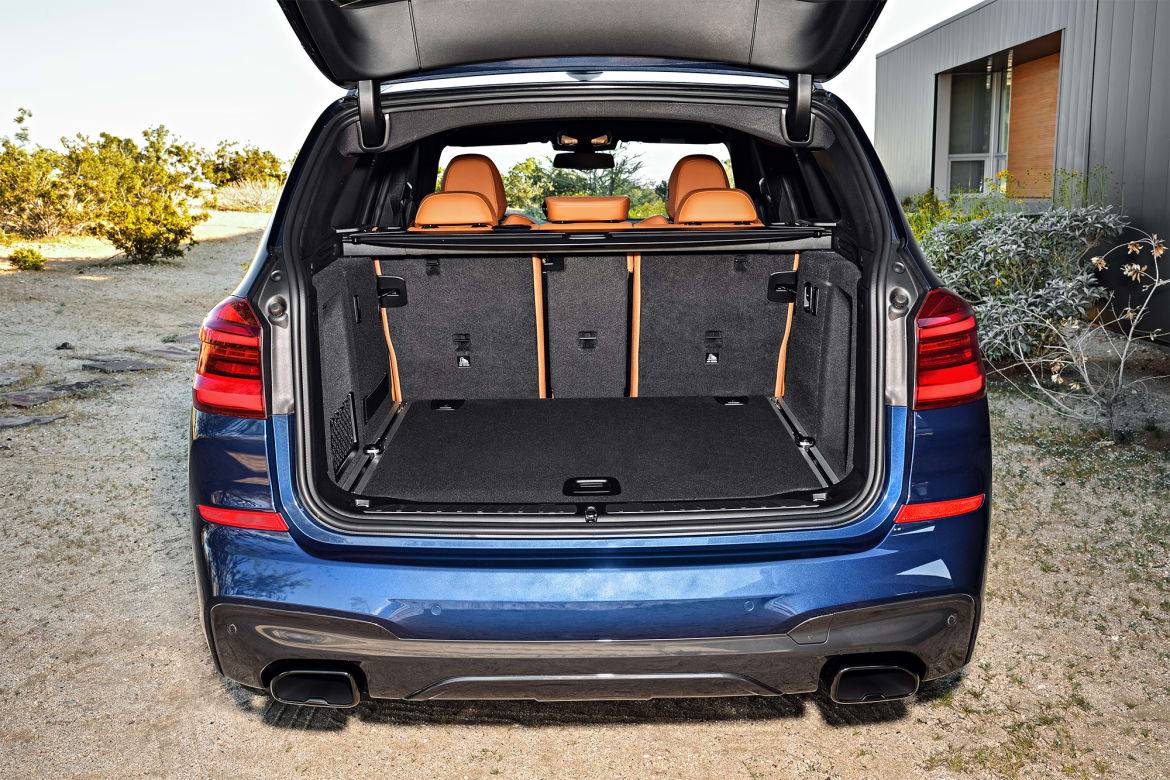
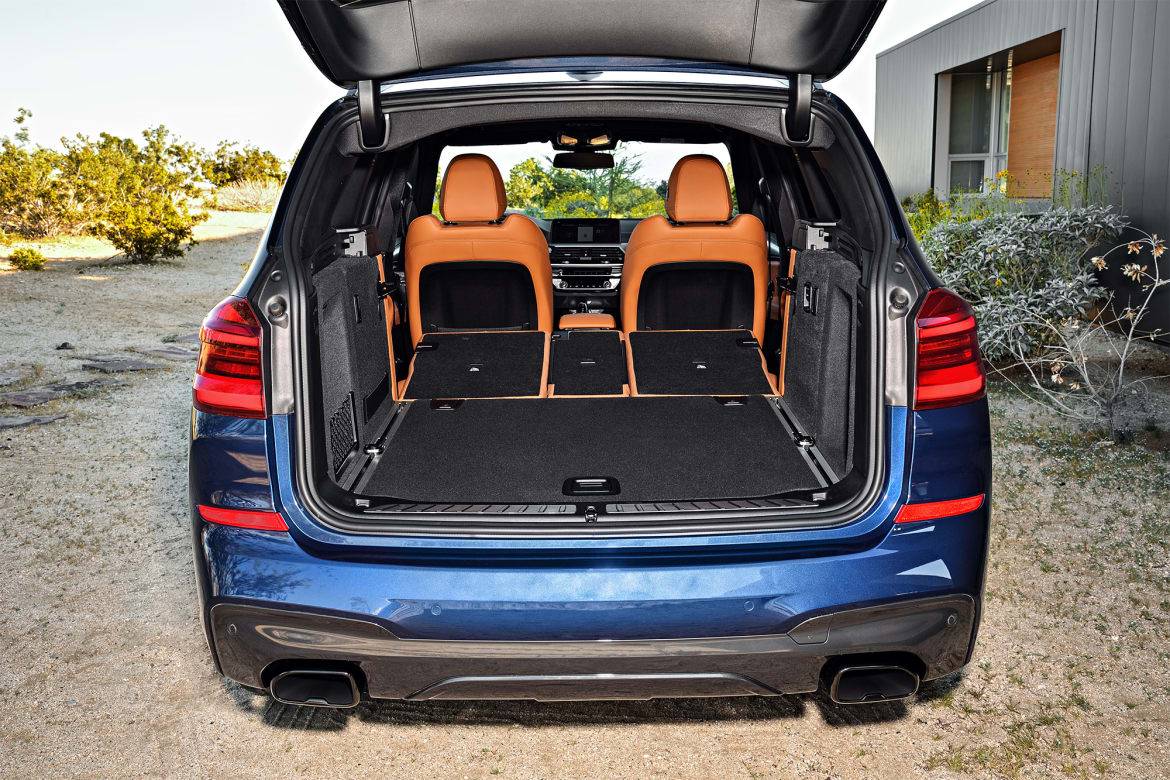
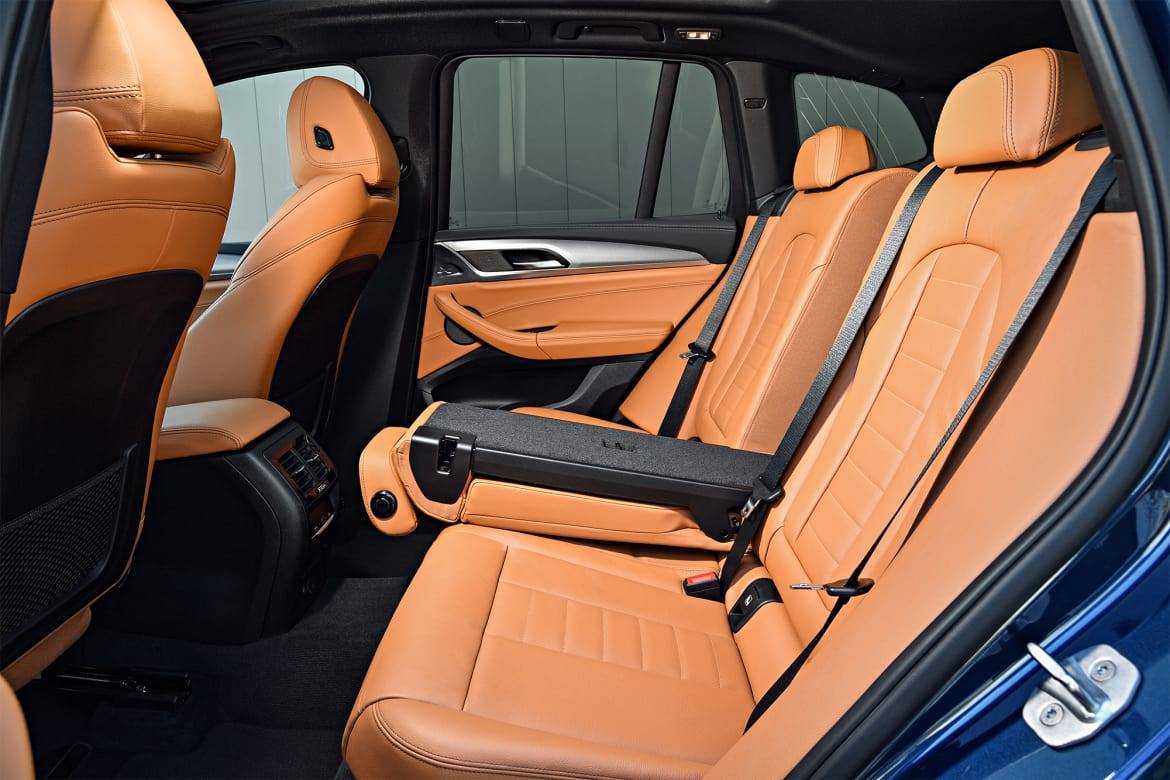

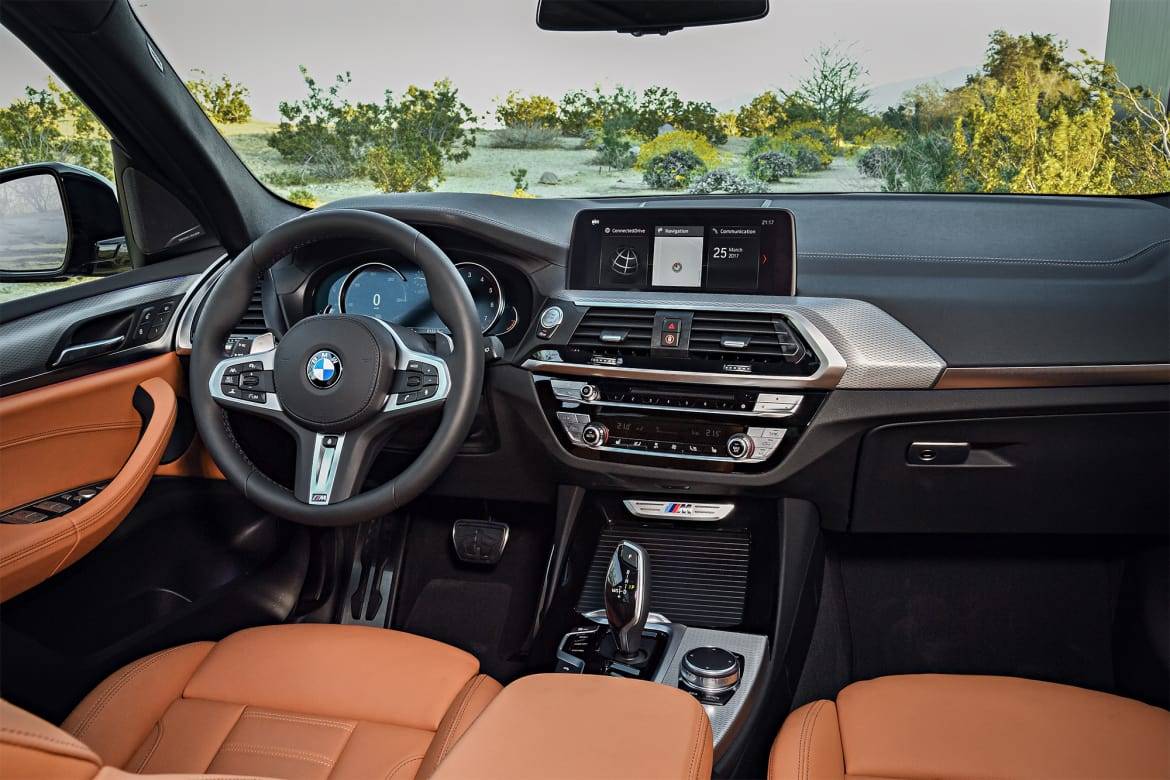
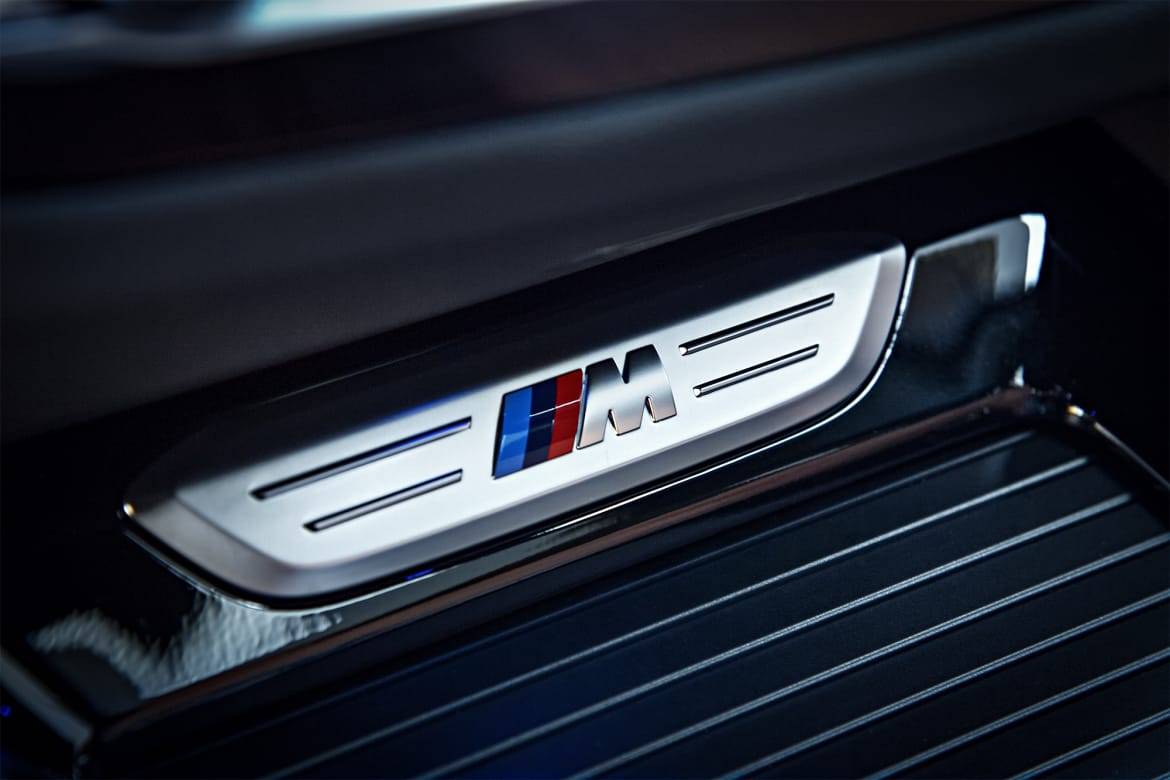
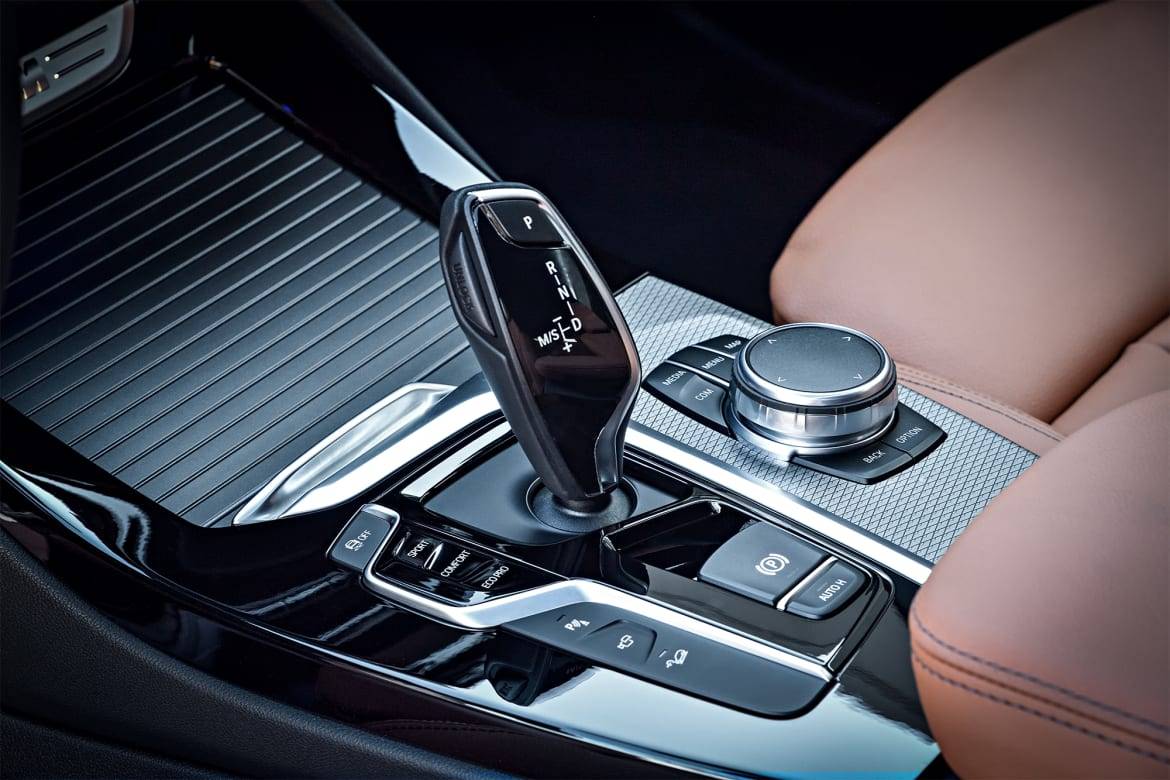
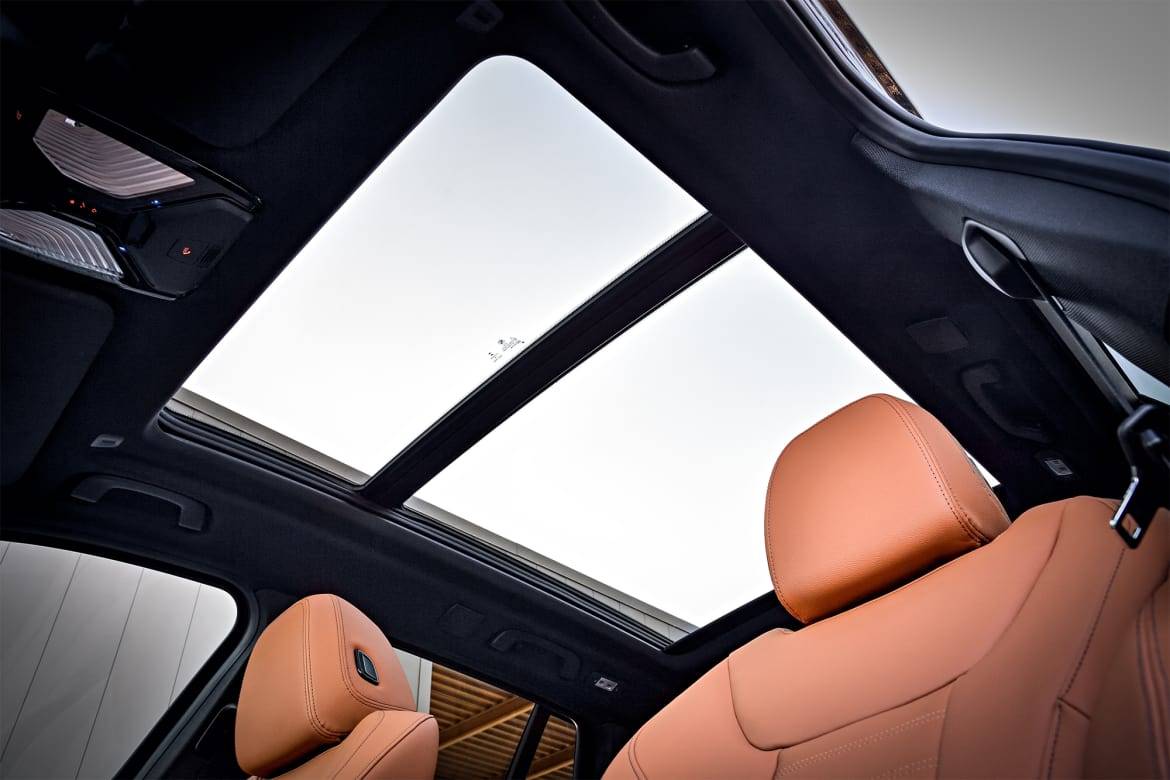
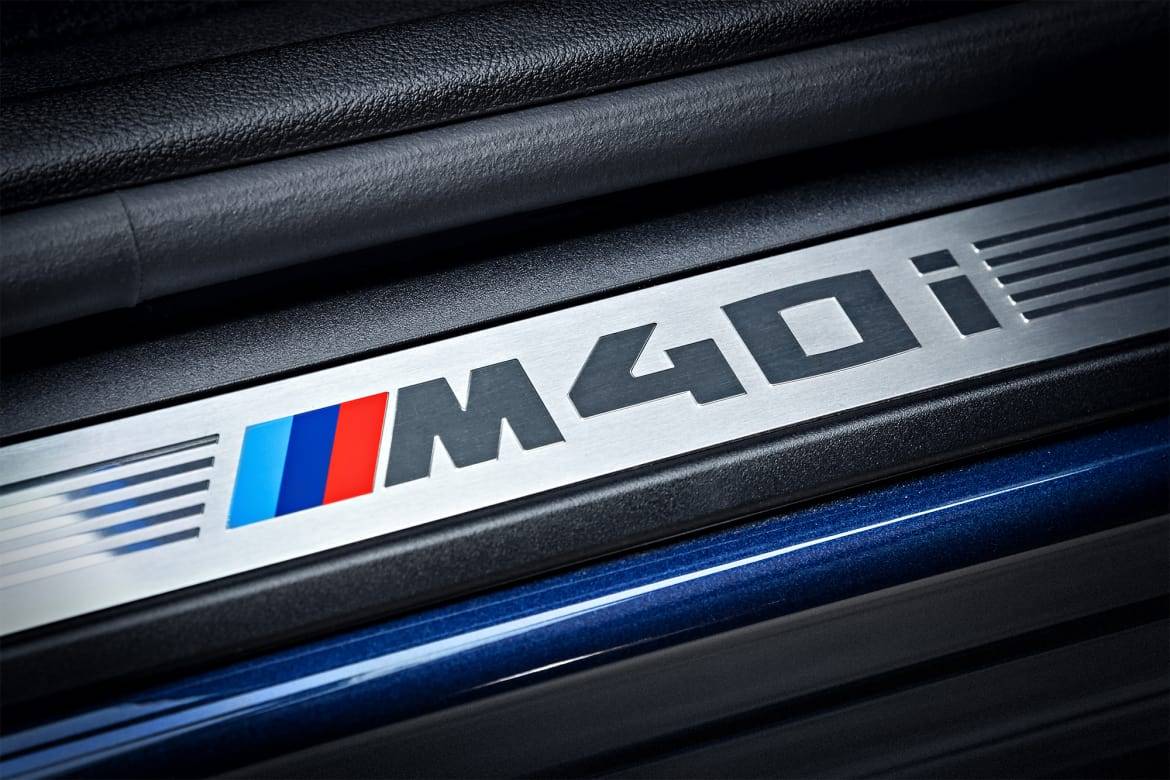
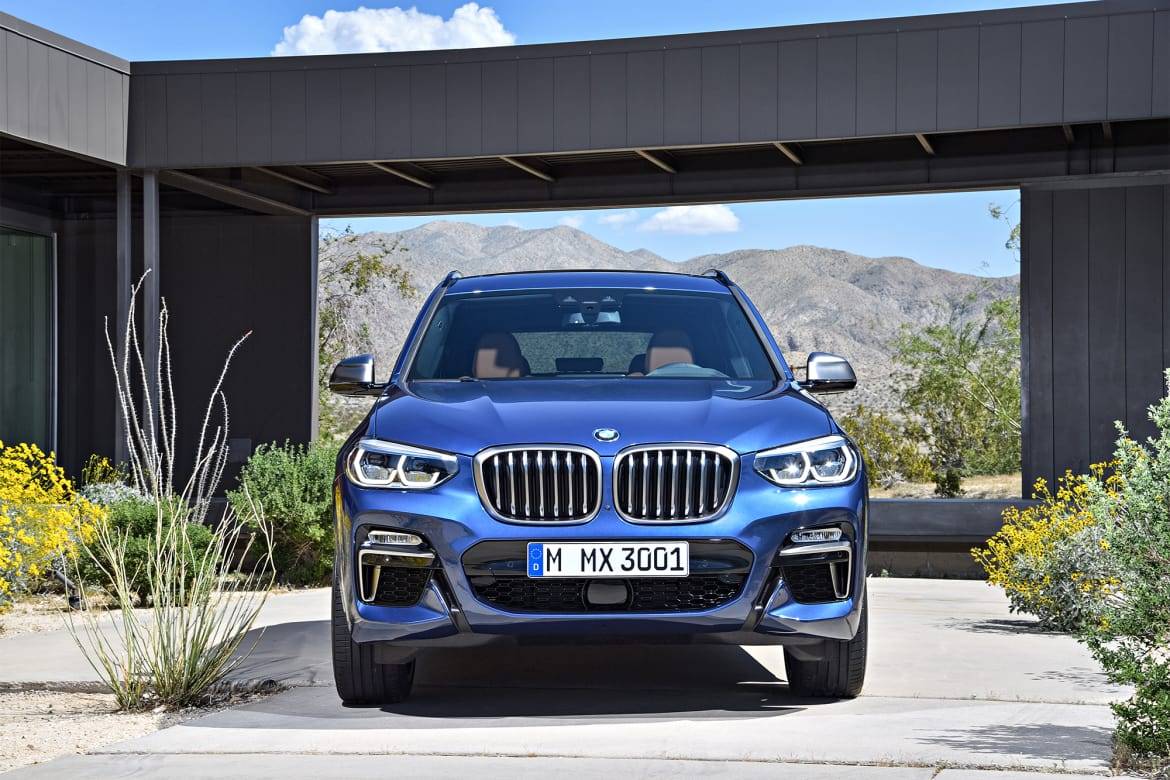
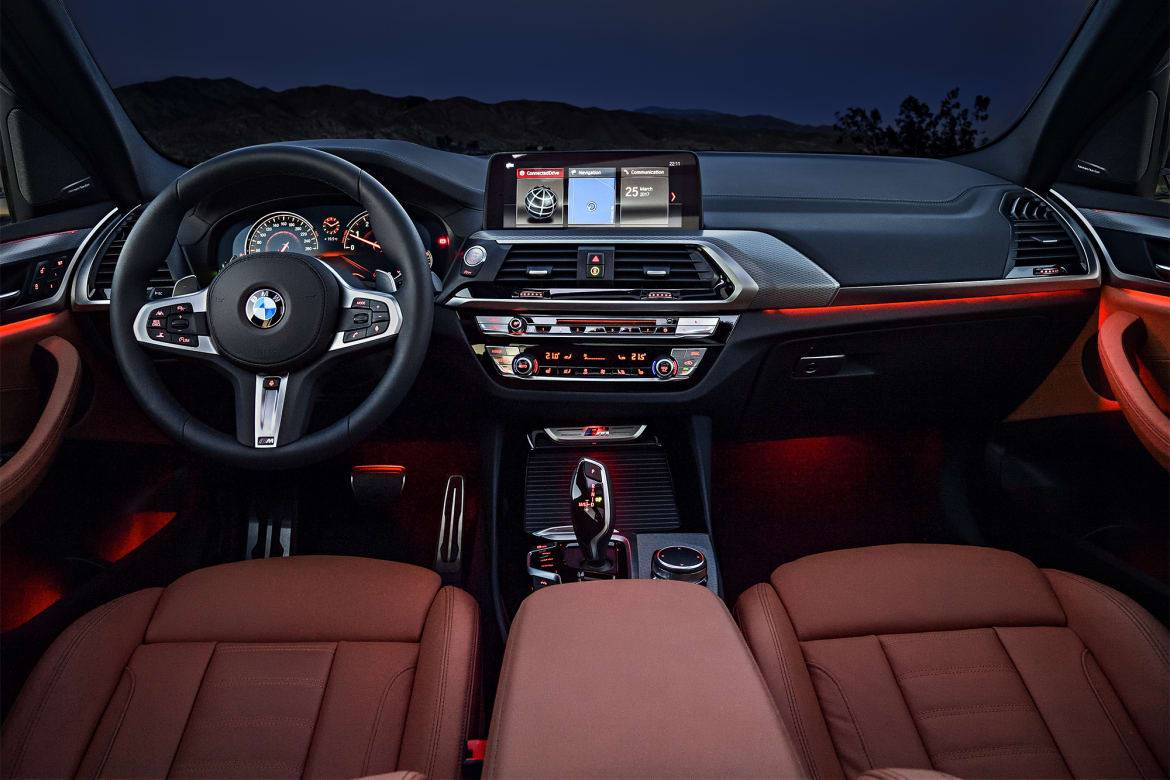
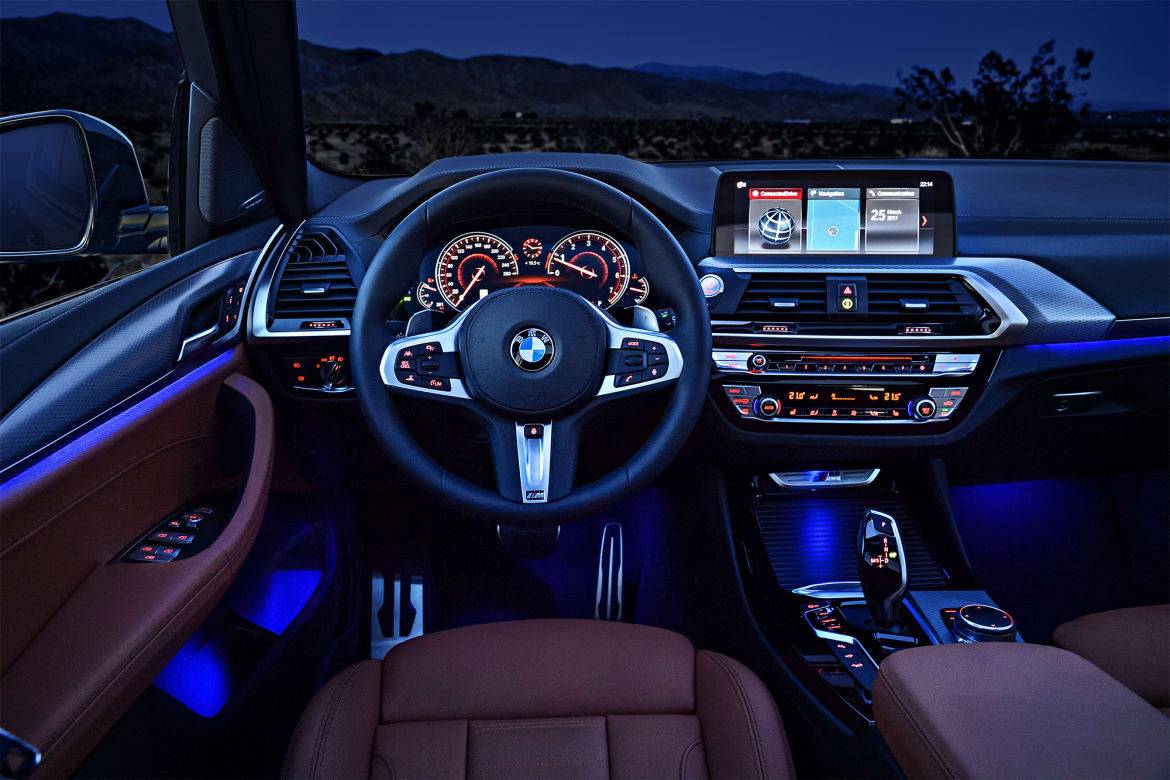
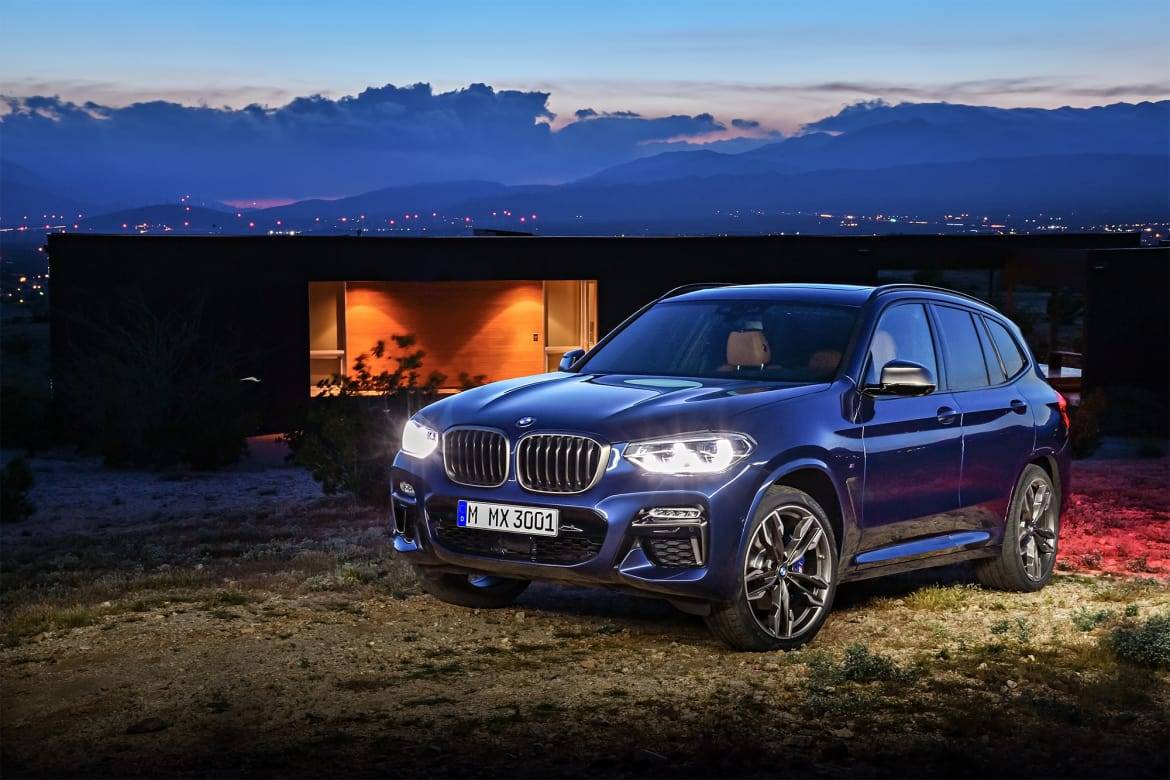
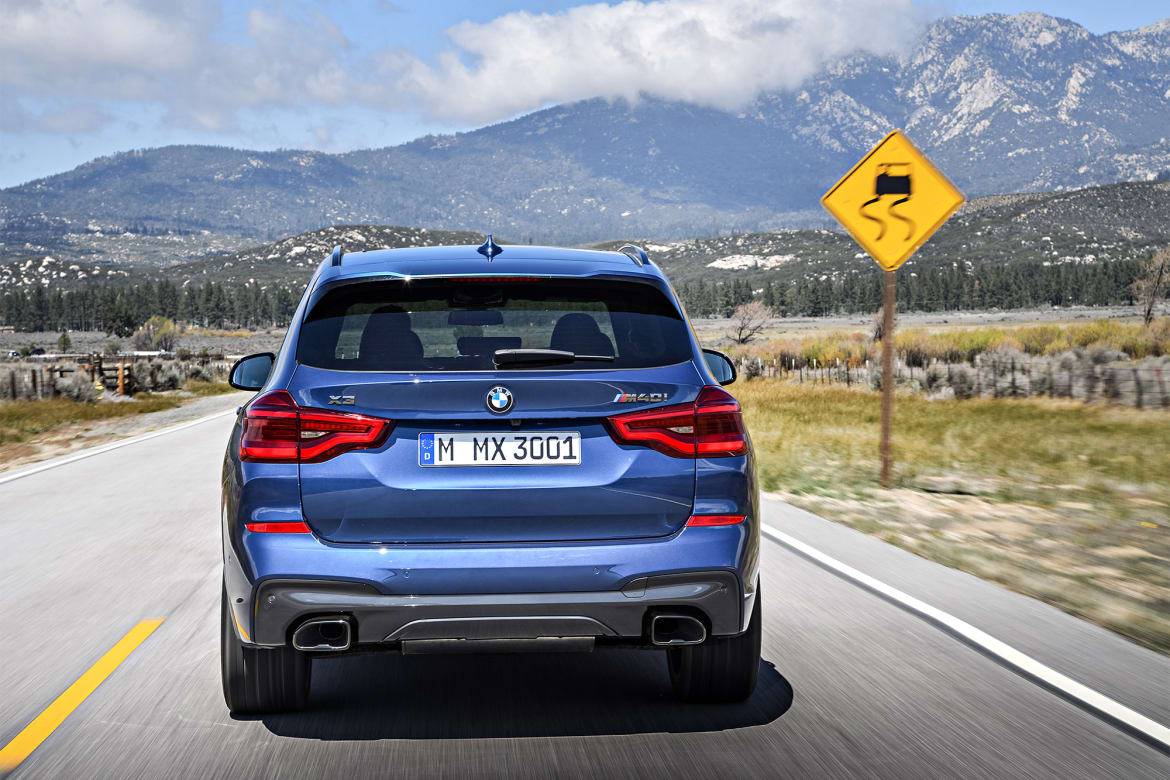
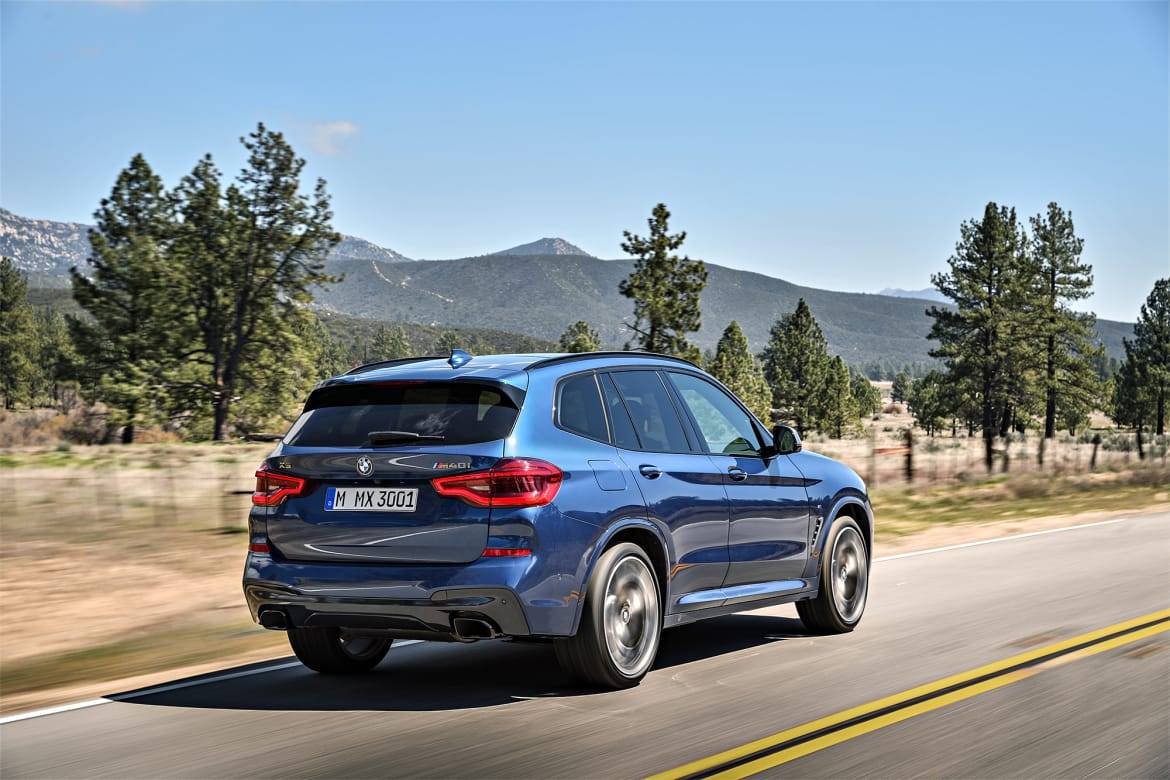
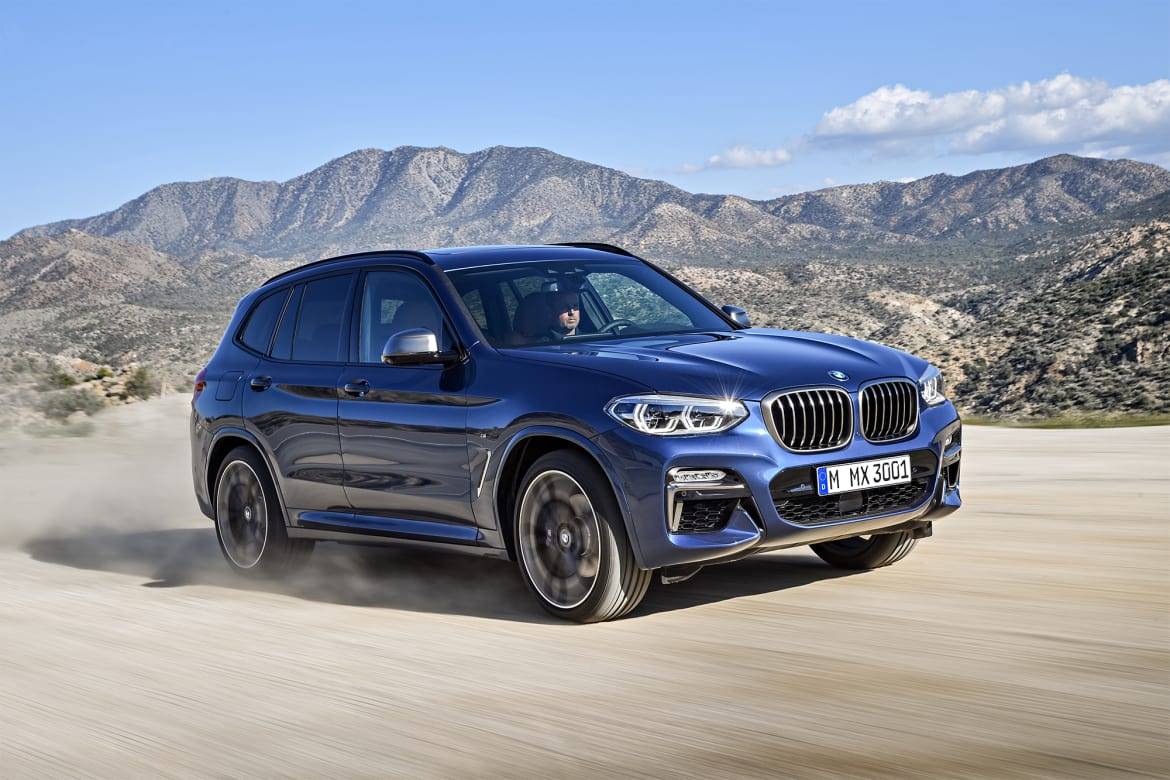
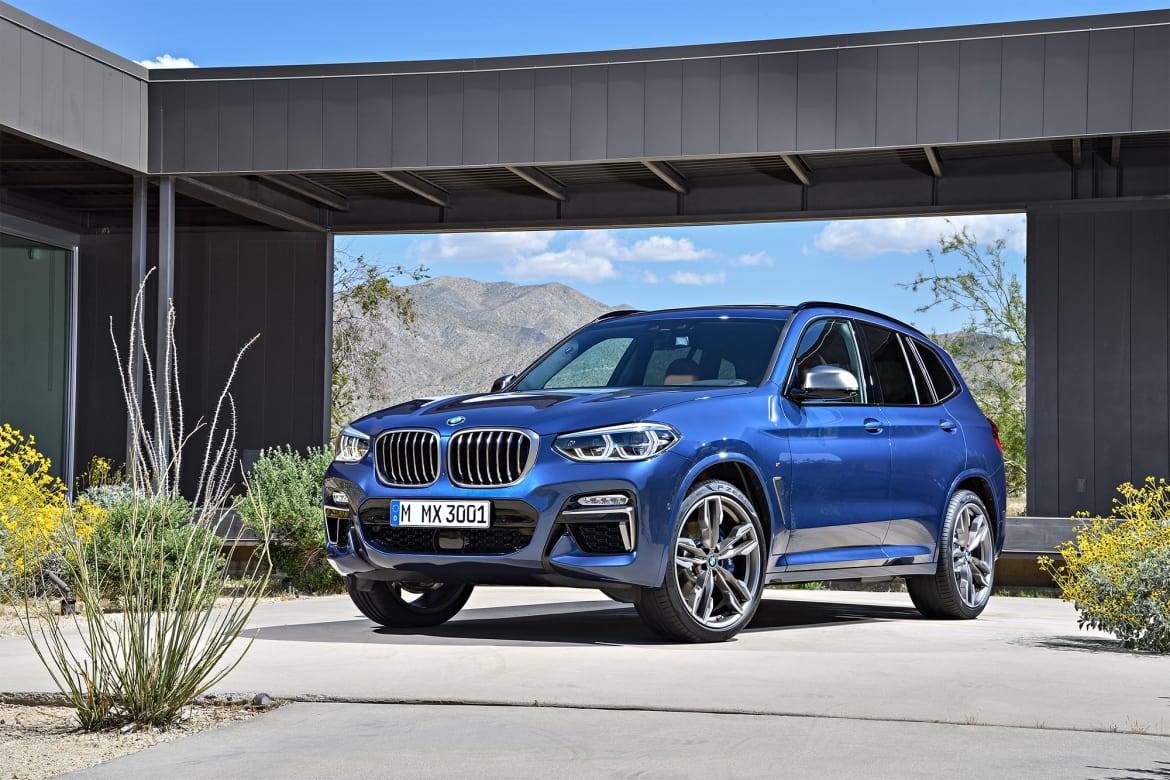
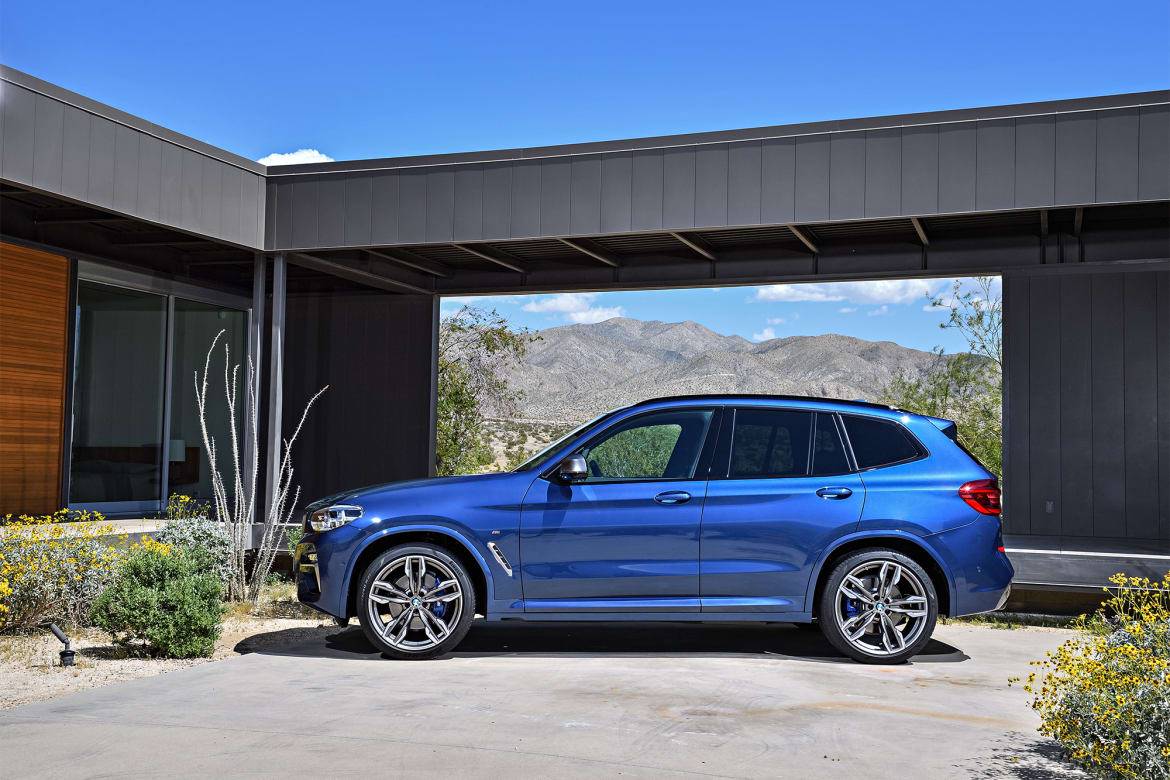
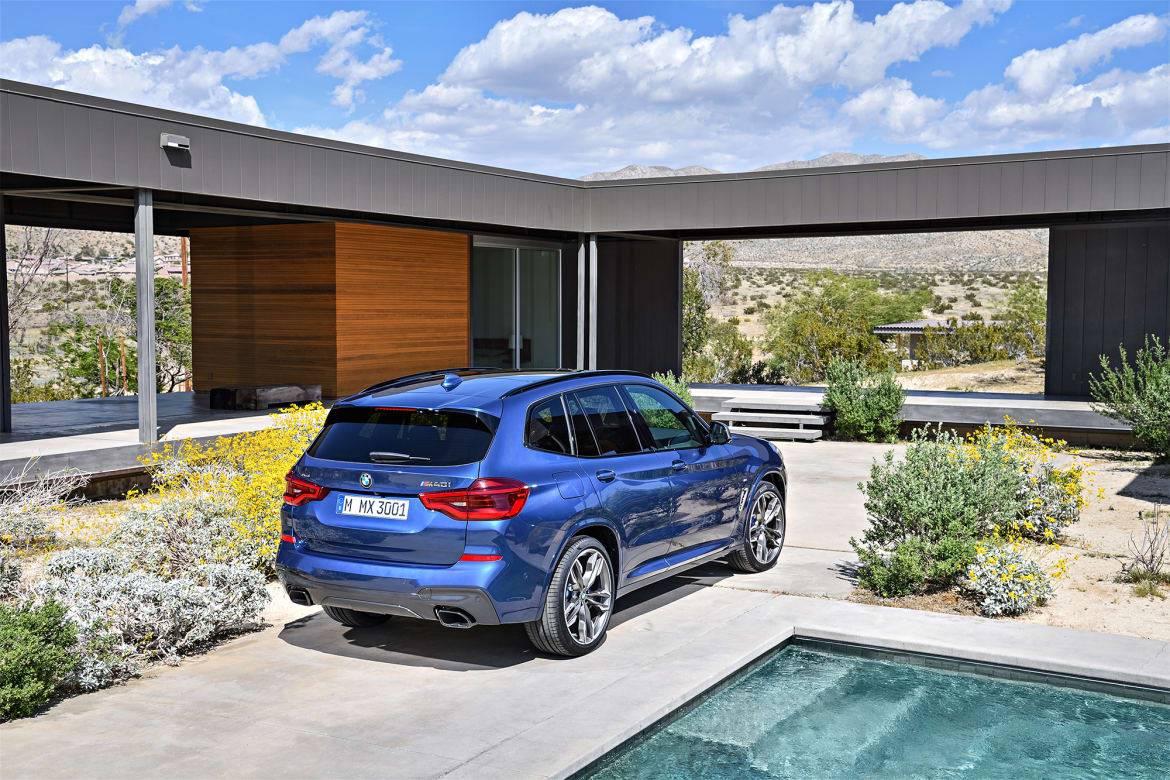
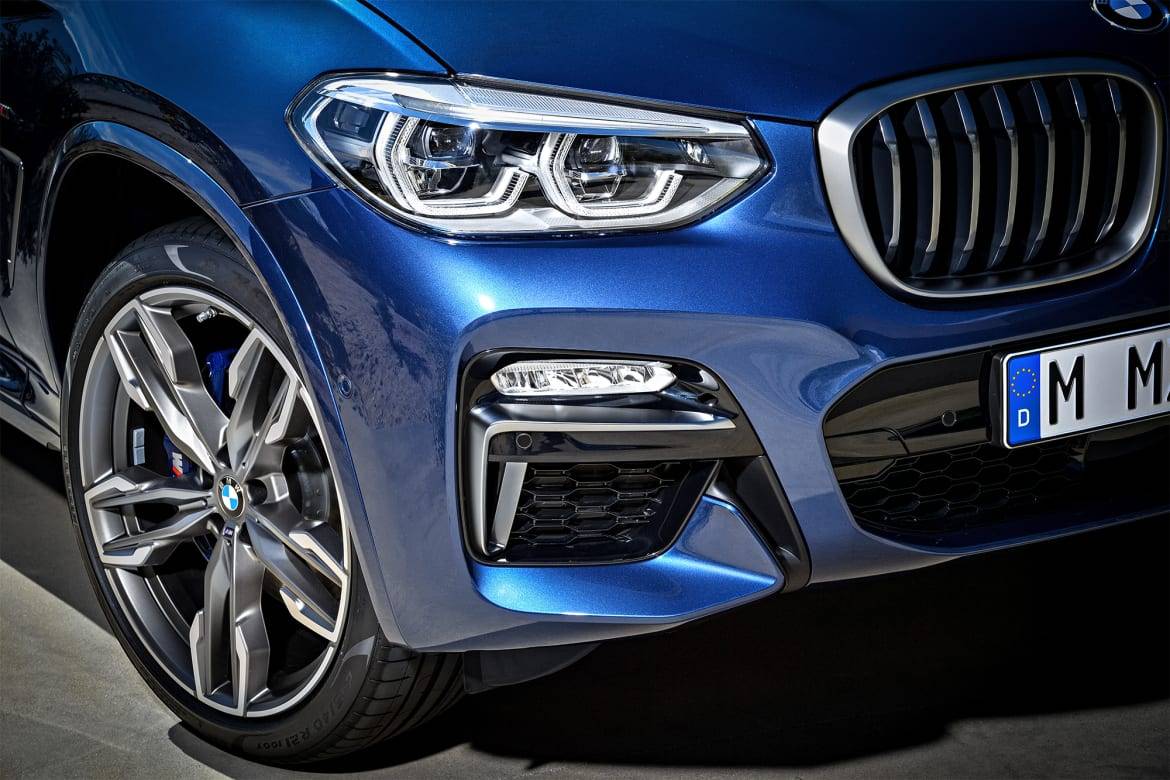
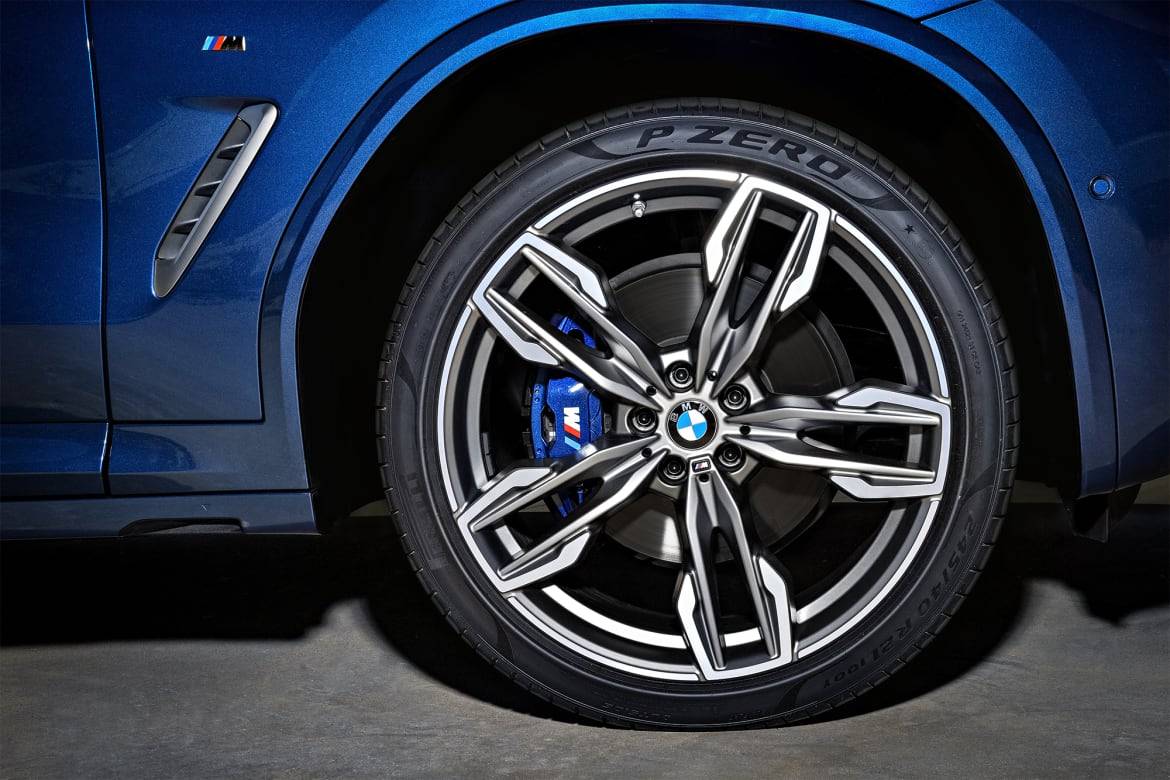
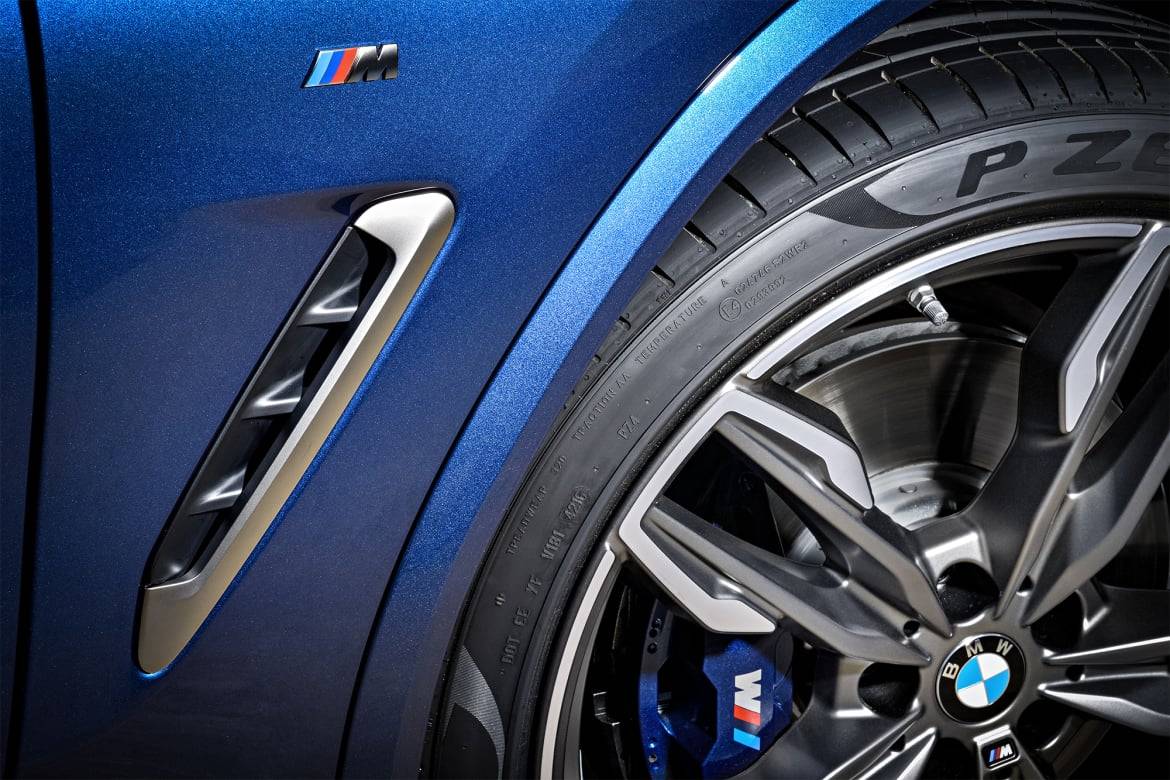
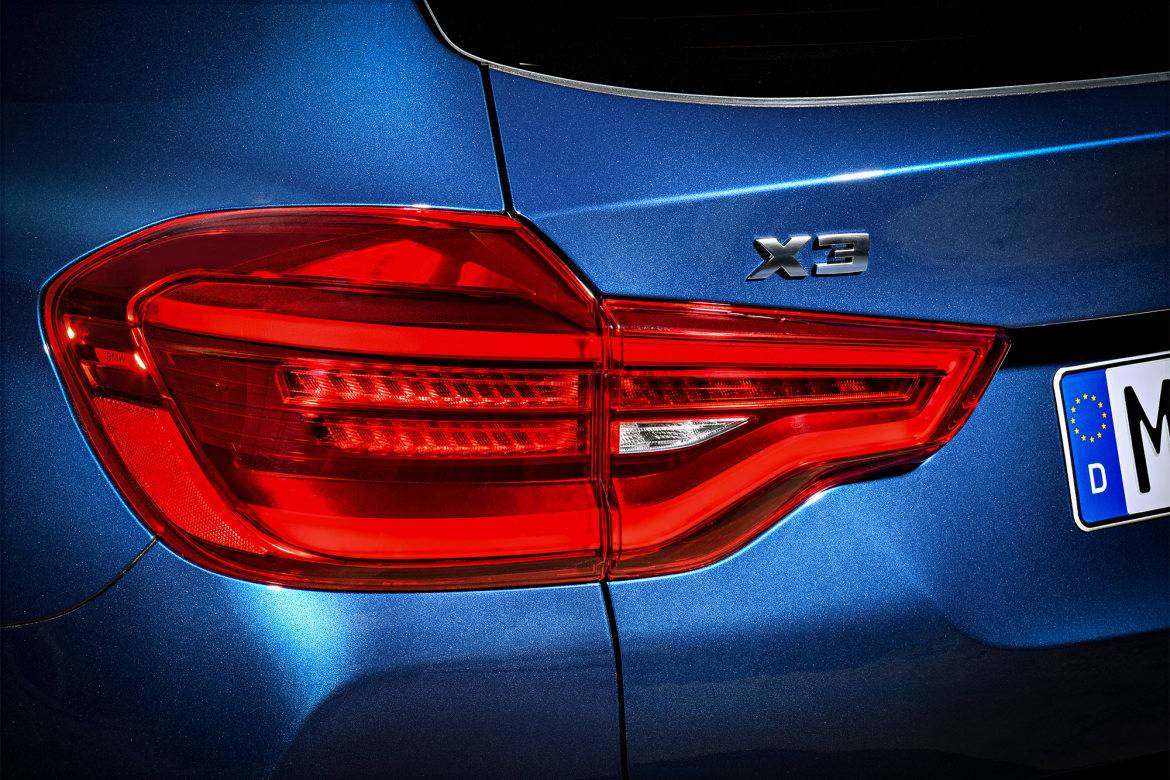



















































Former Assistant Managing Editor-News Kelsey Mays likes quality, reliability, safety and practicality. But he also likes a fair price.
Featured stories
